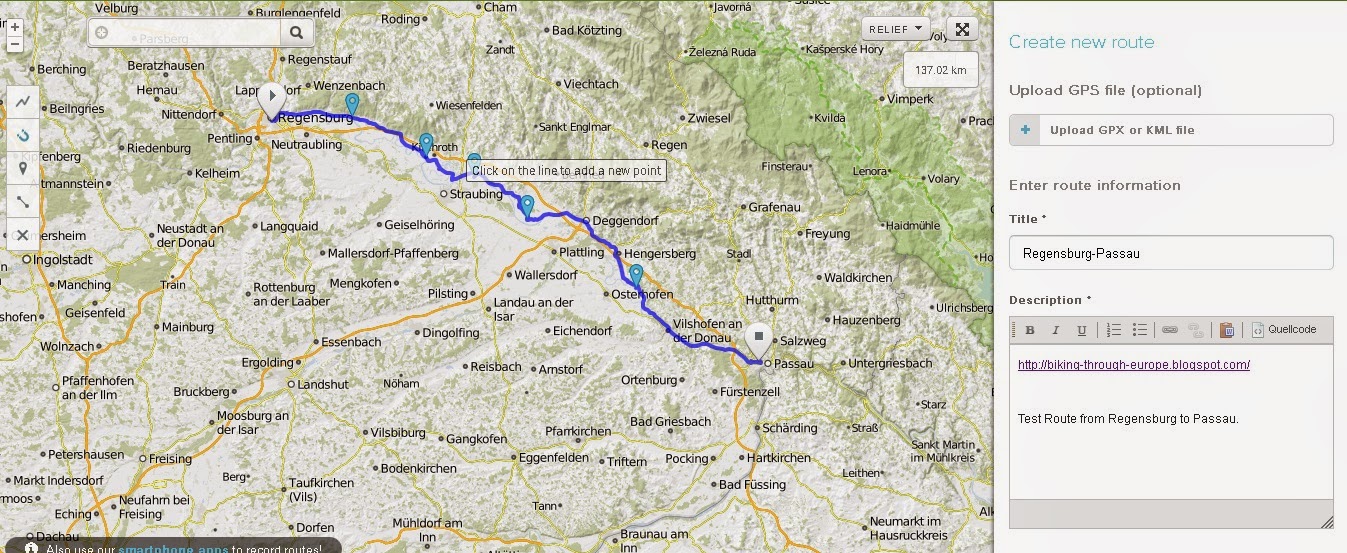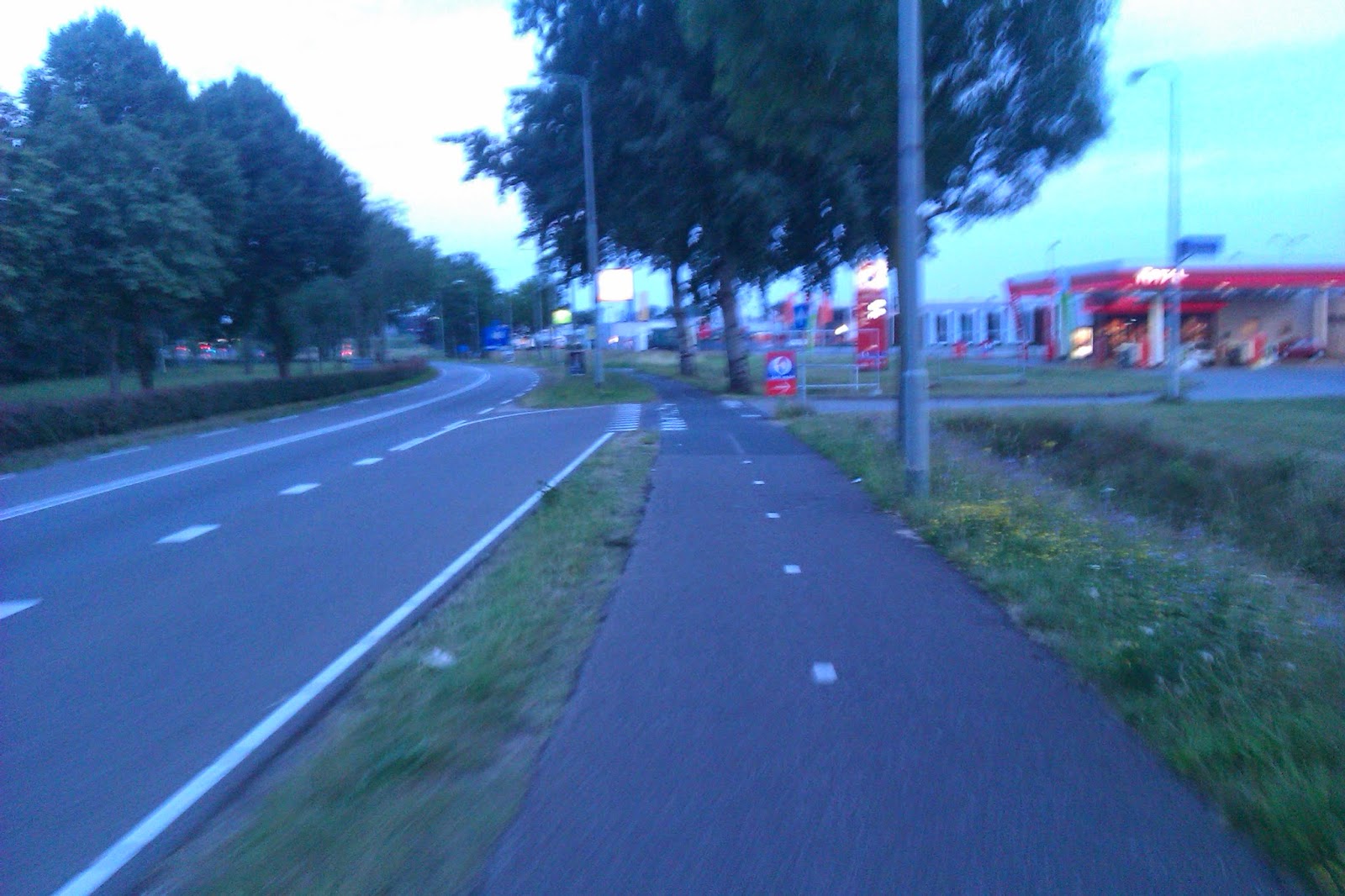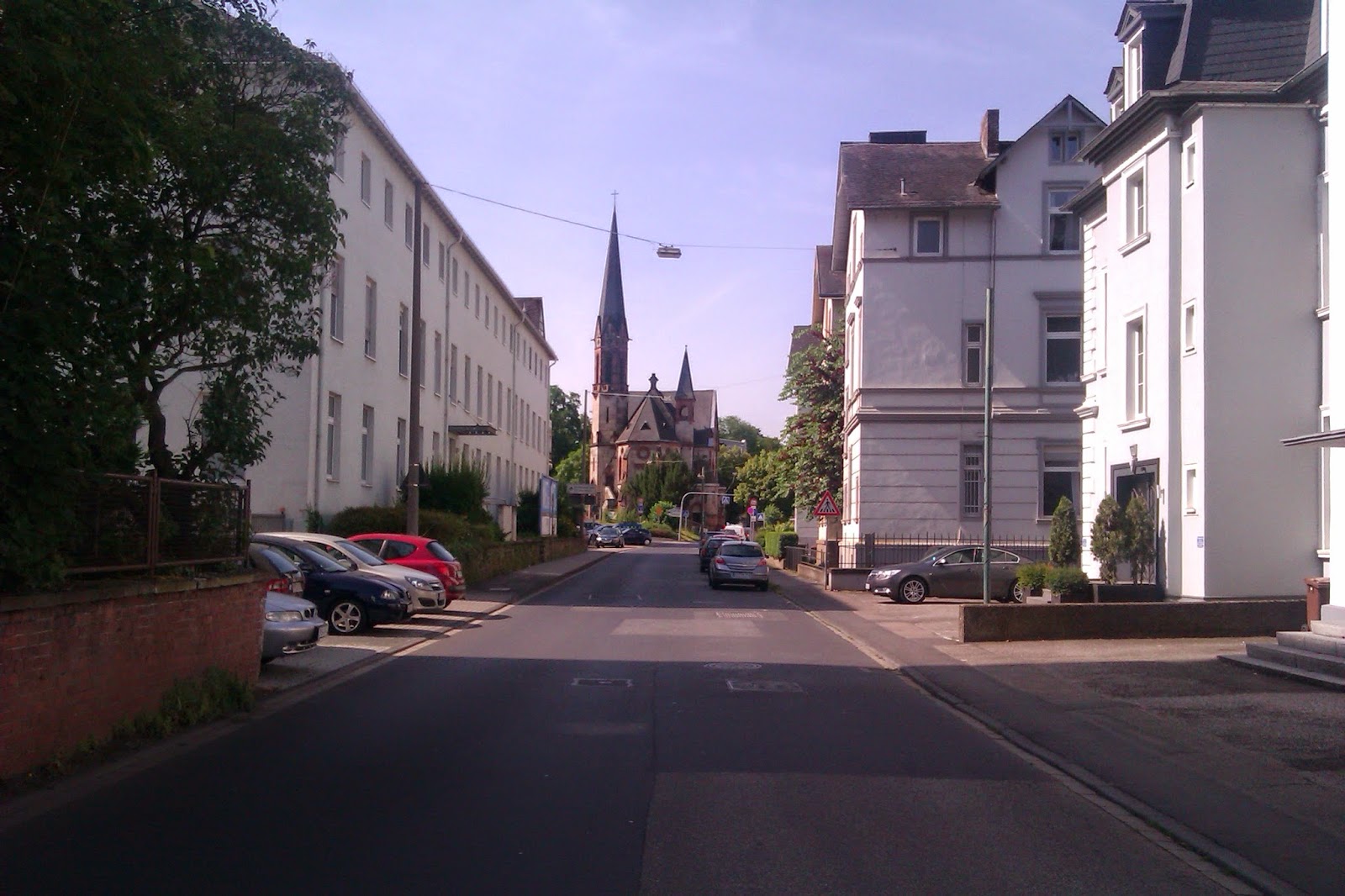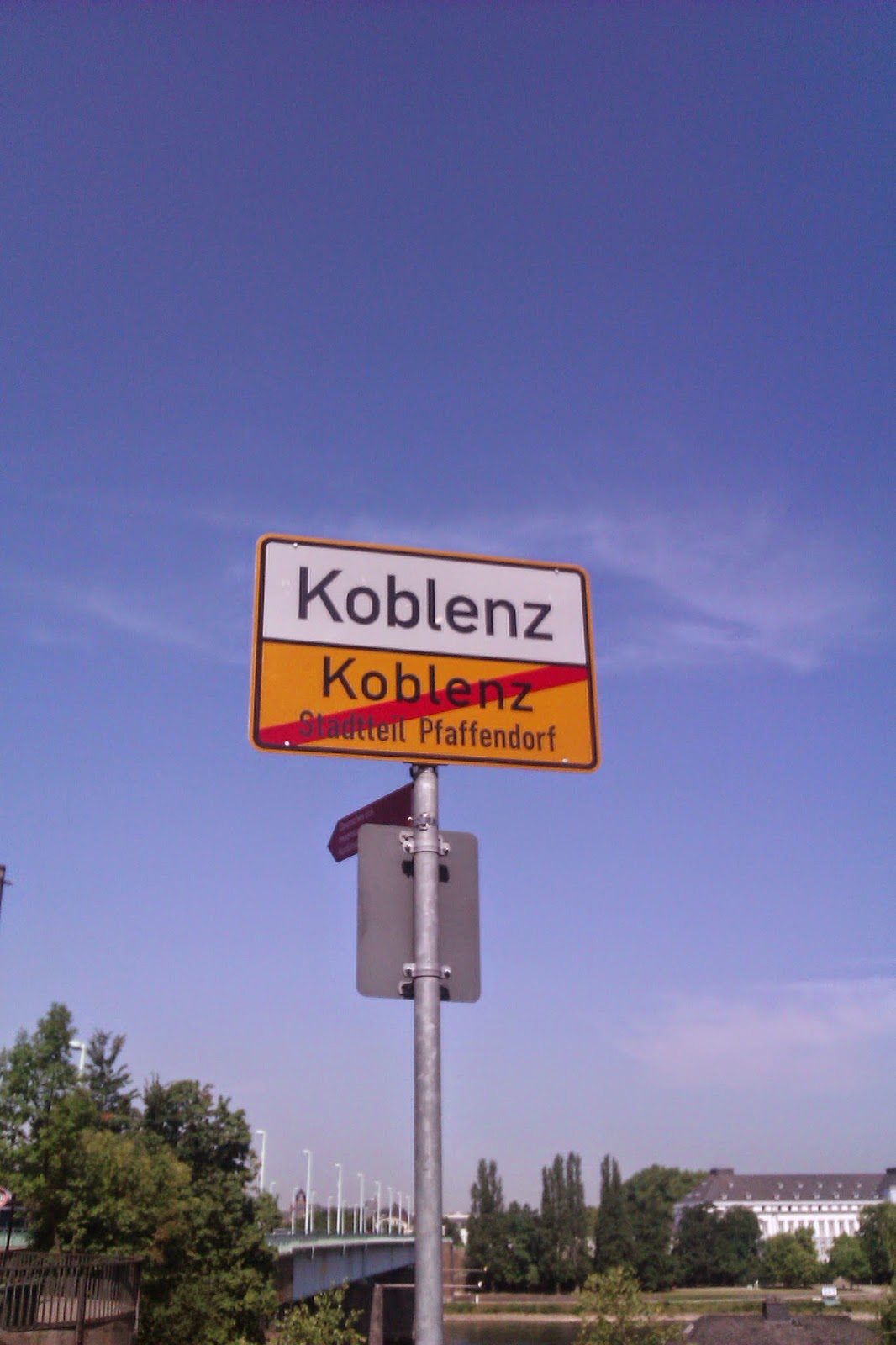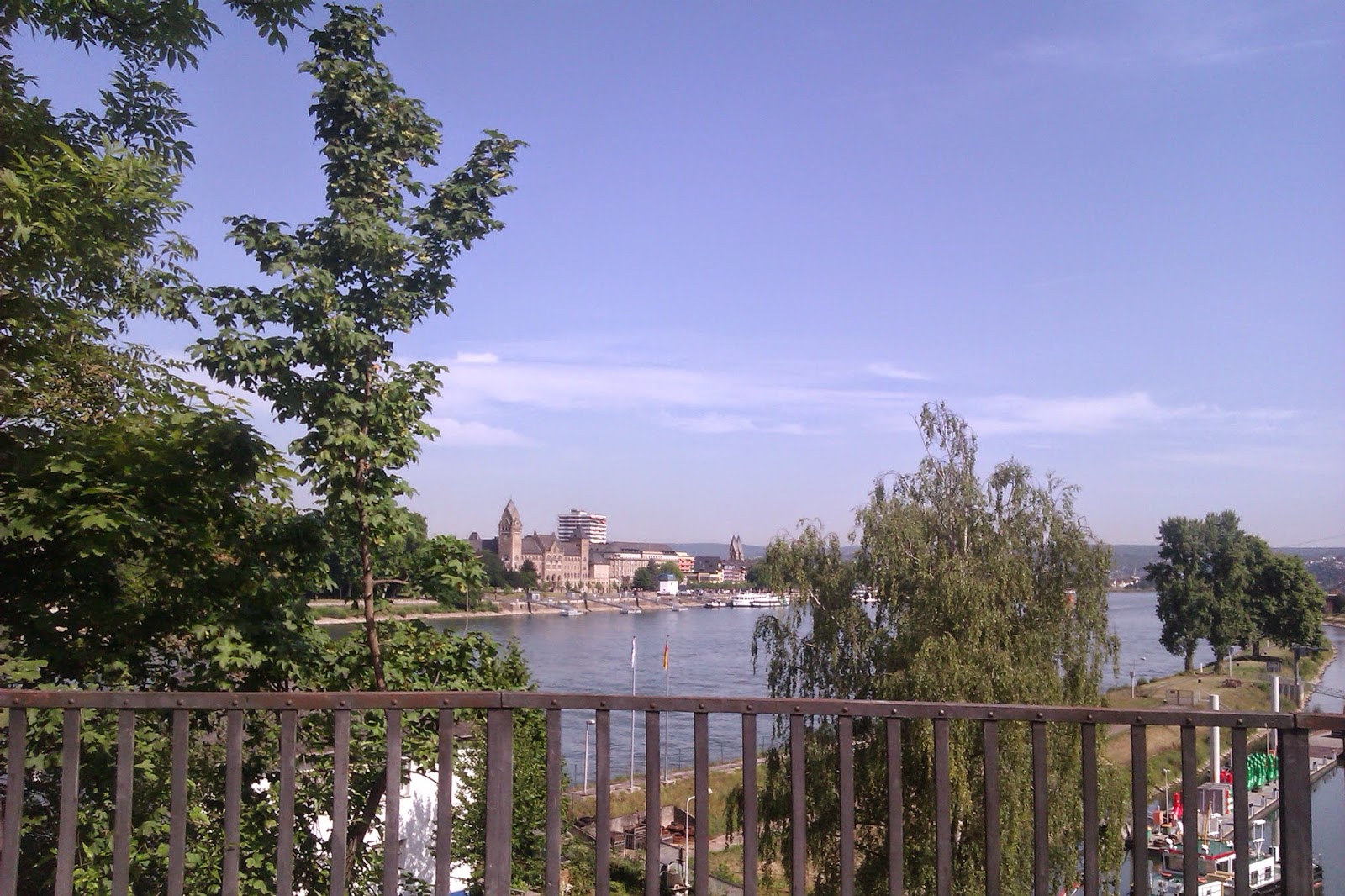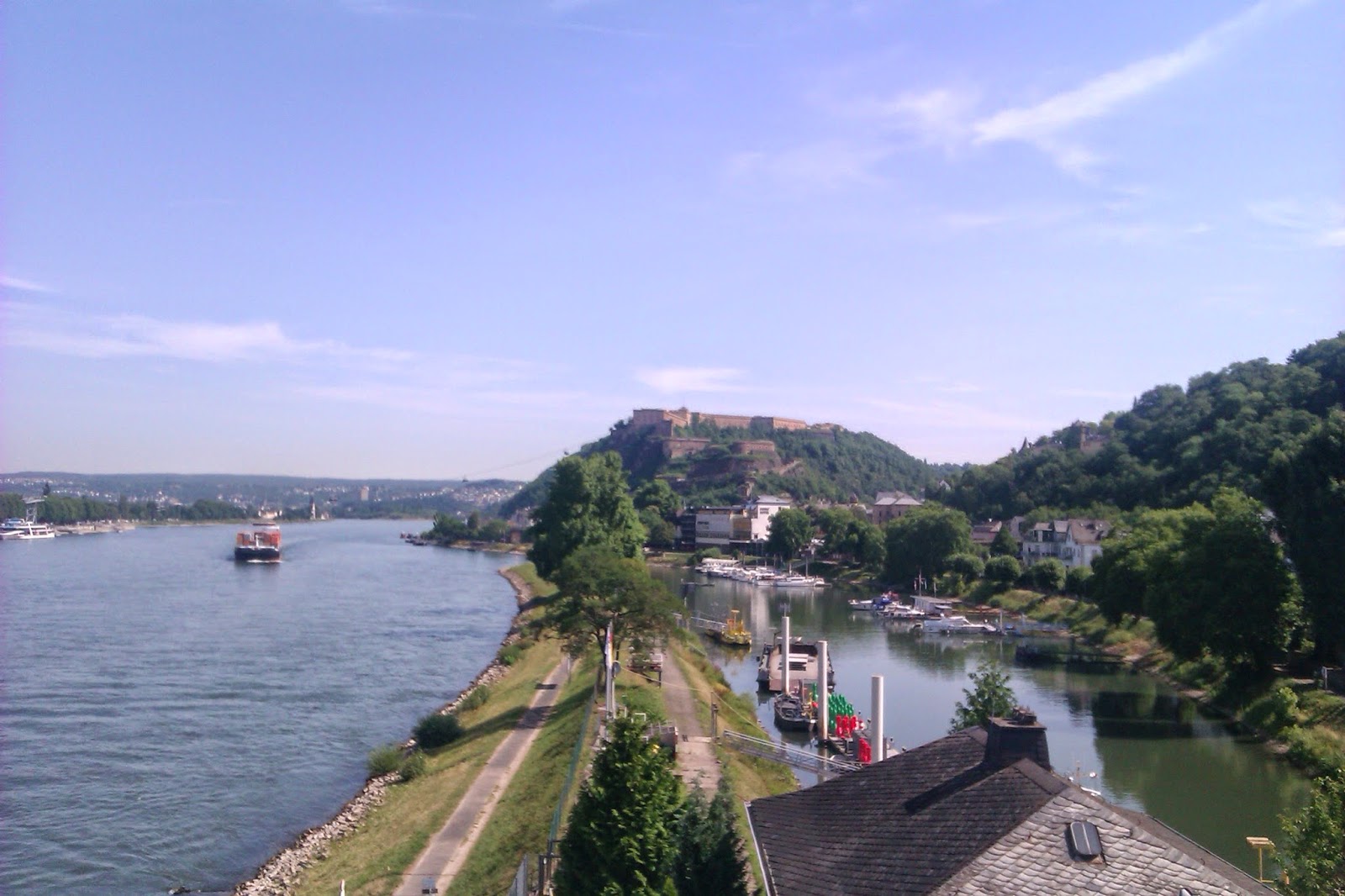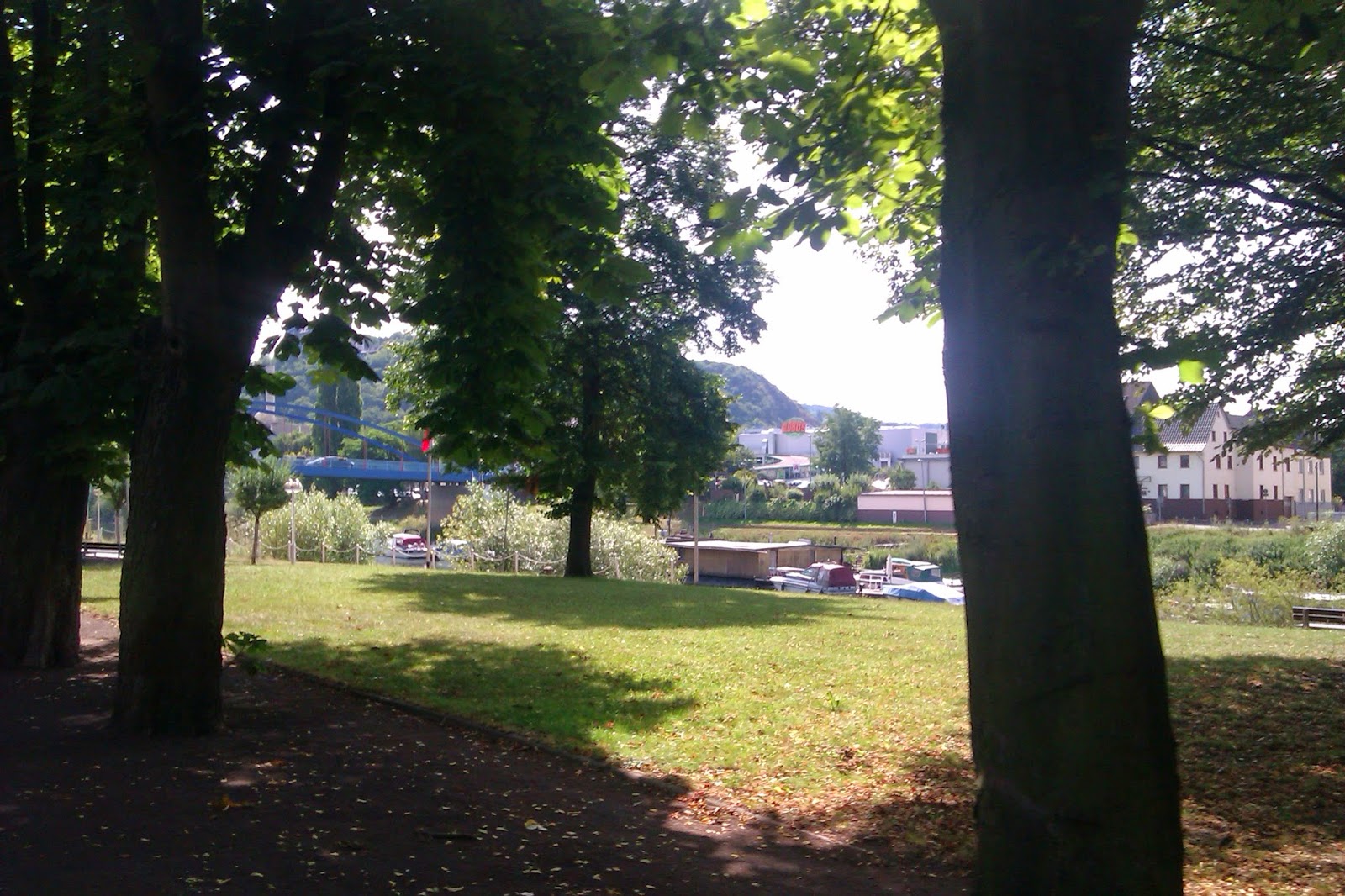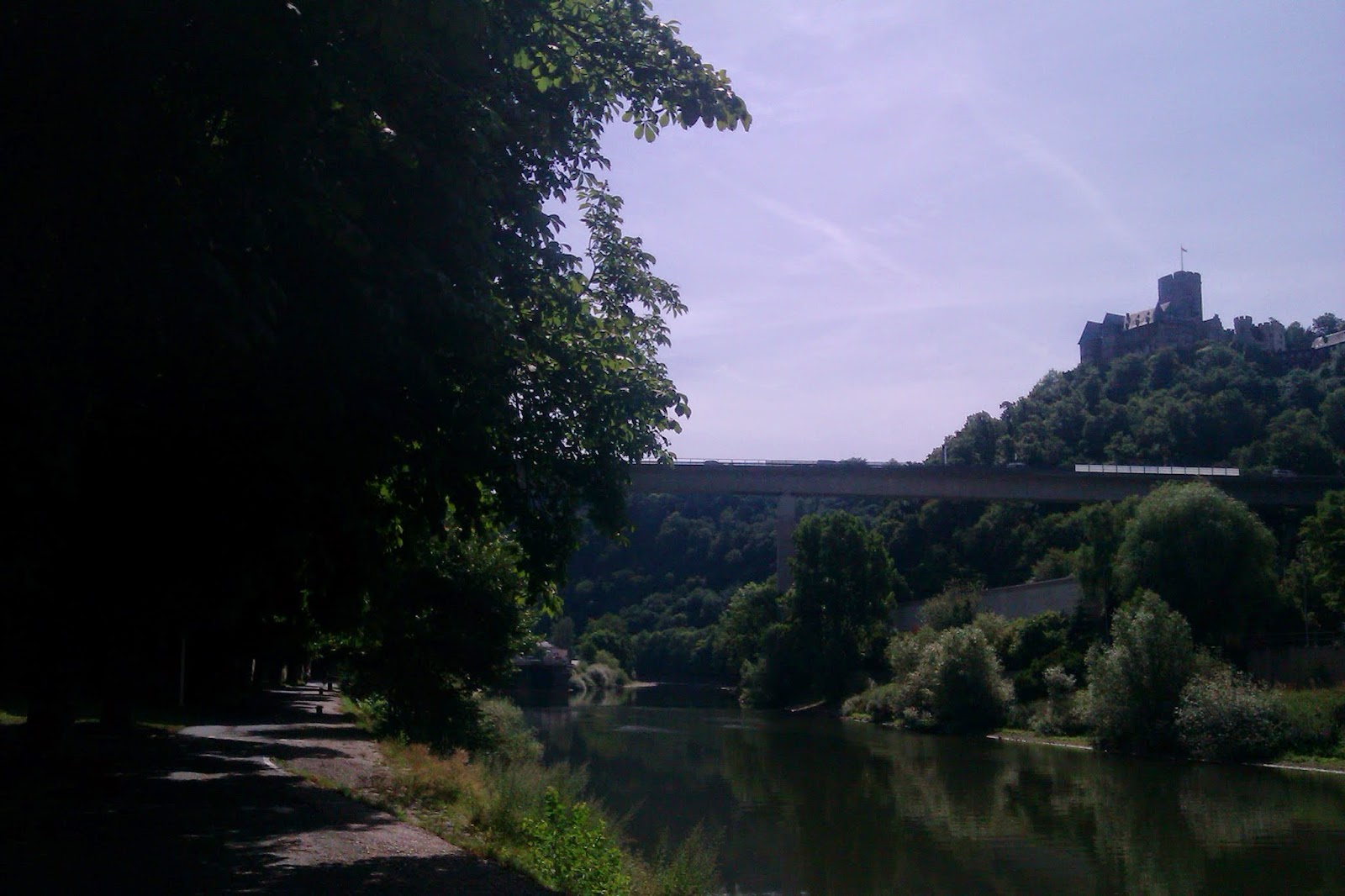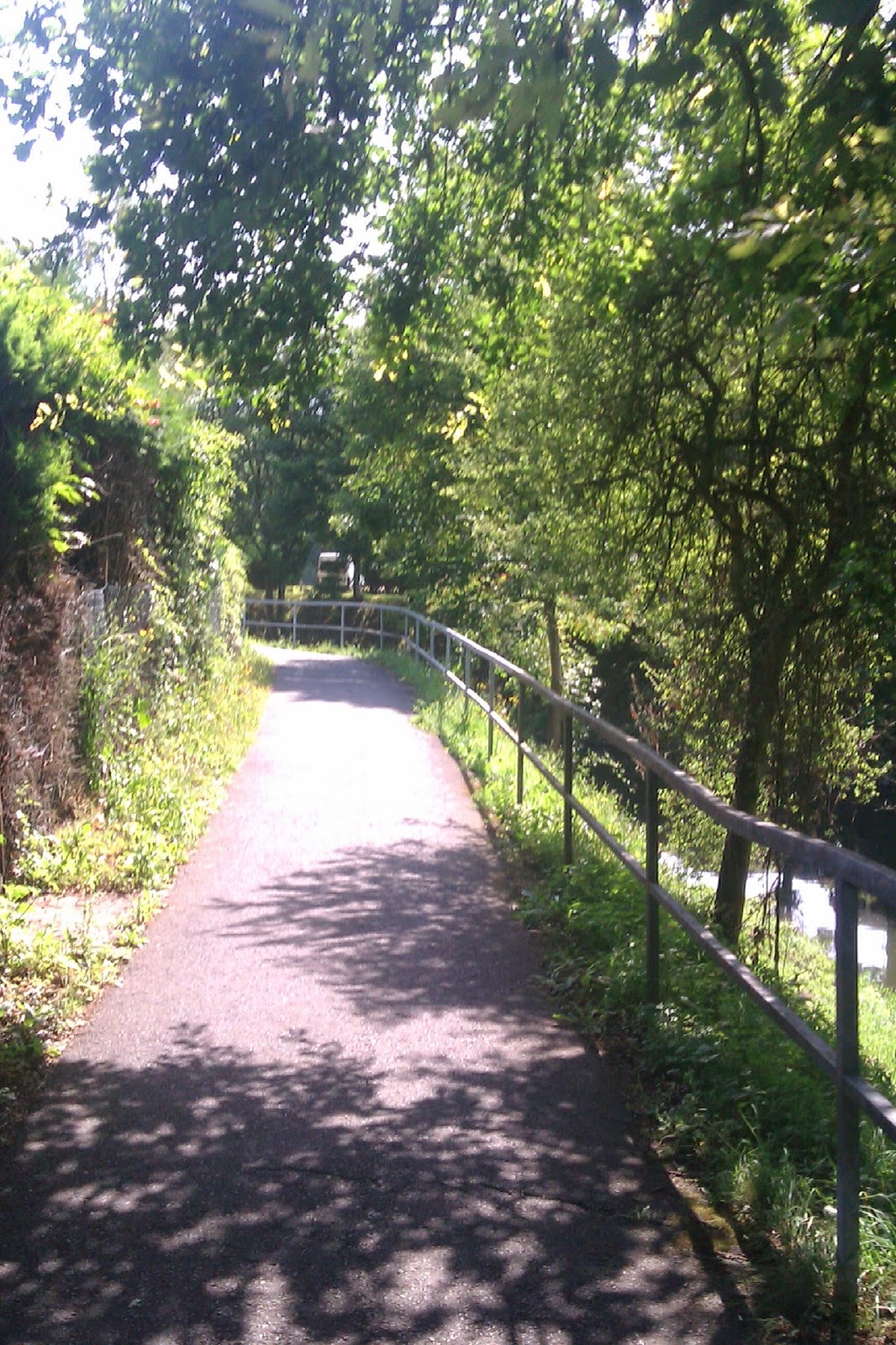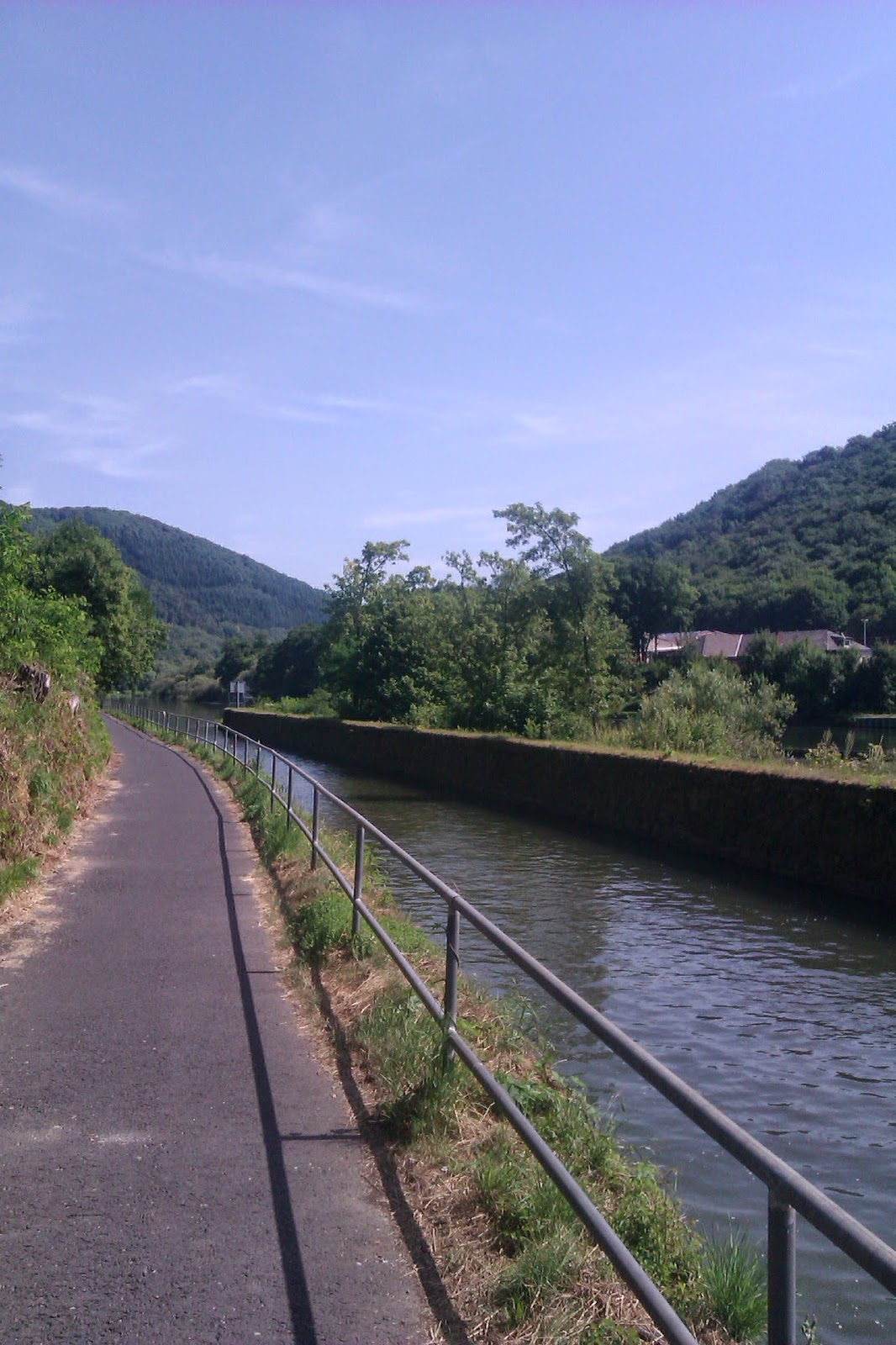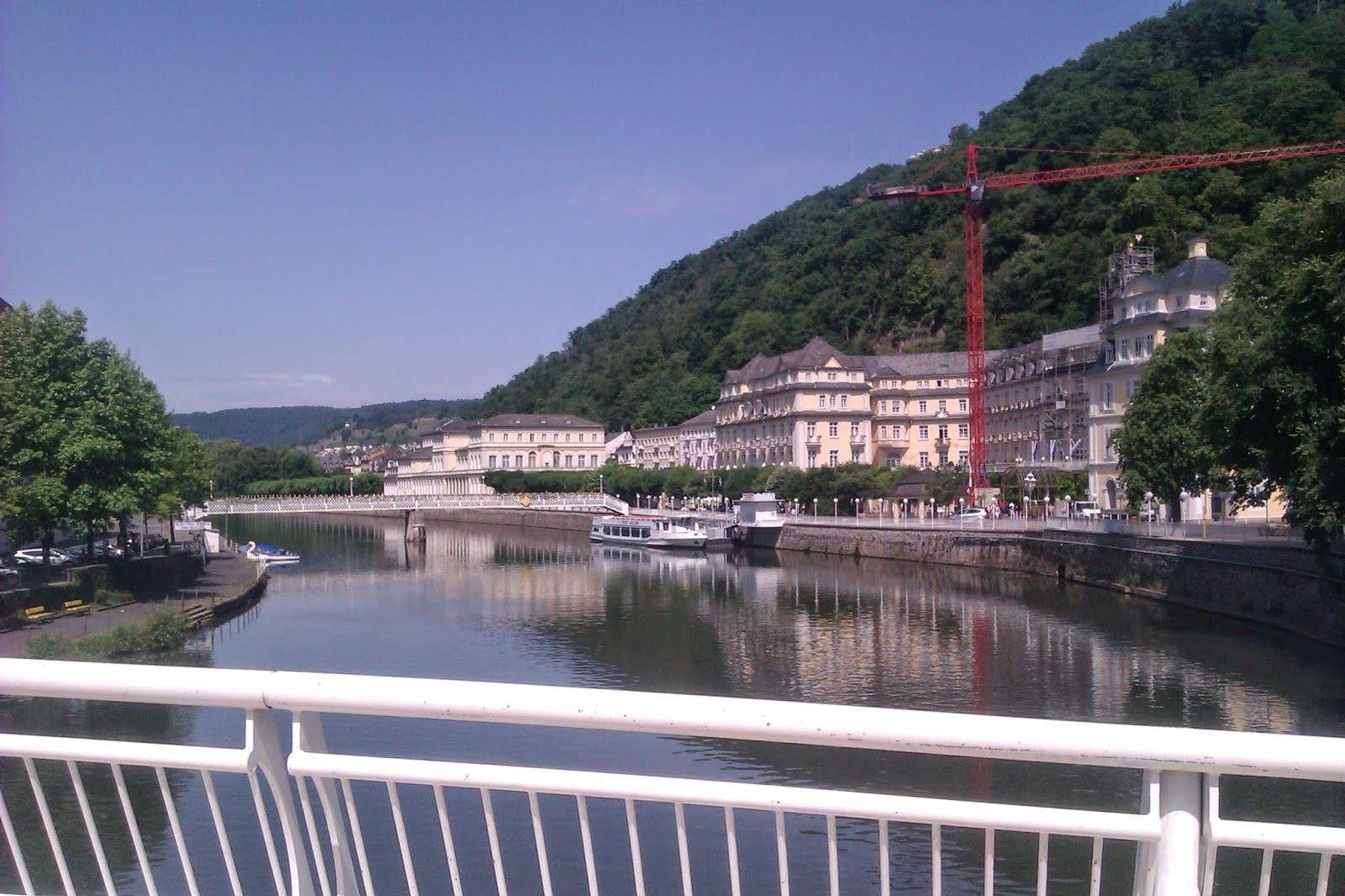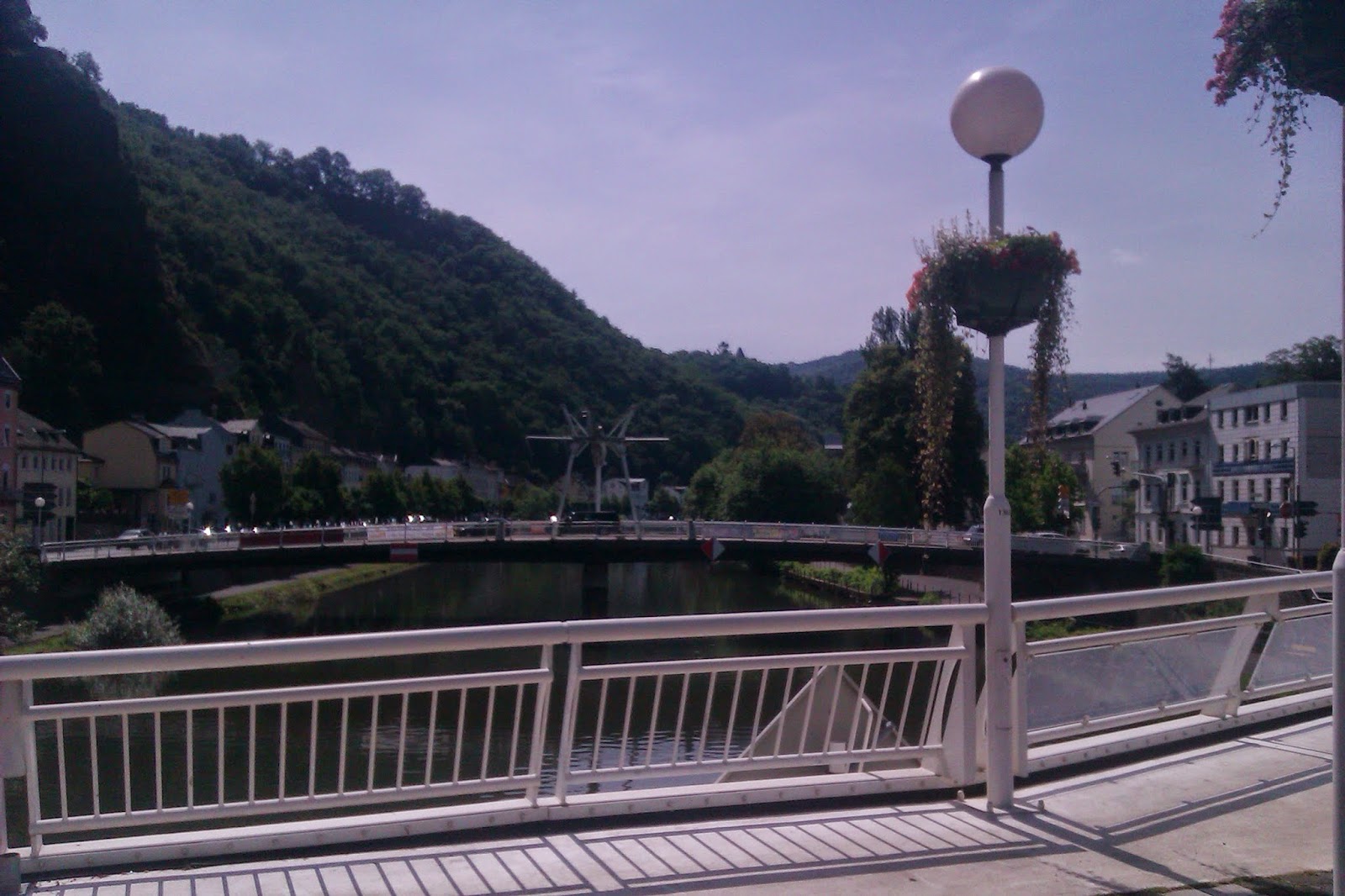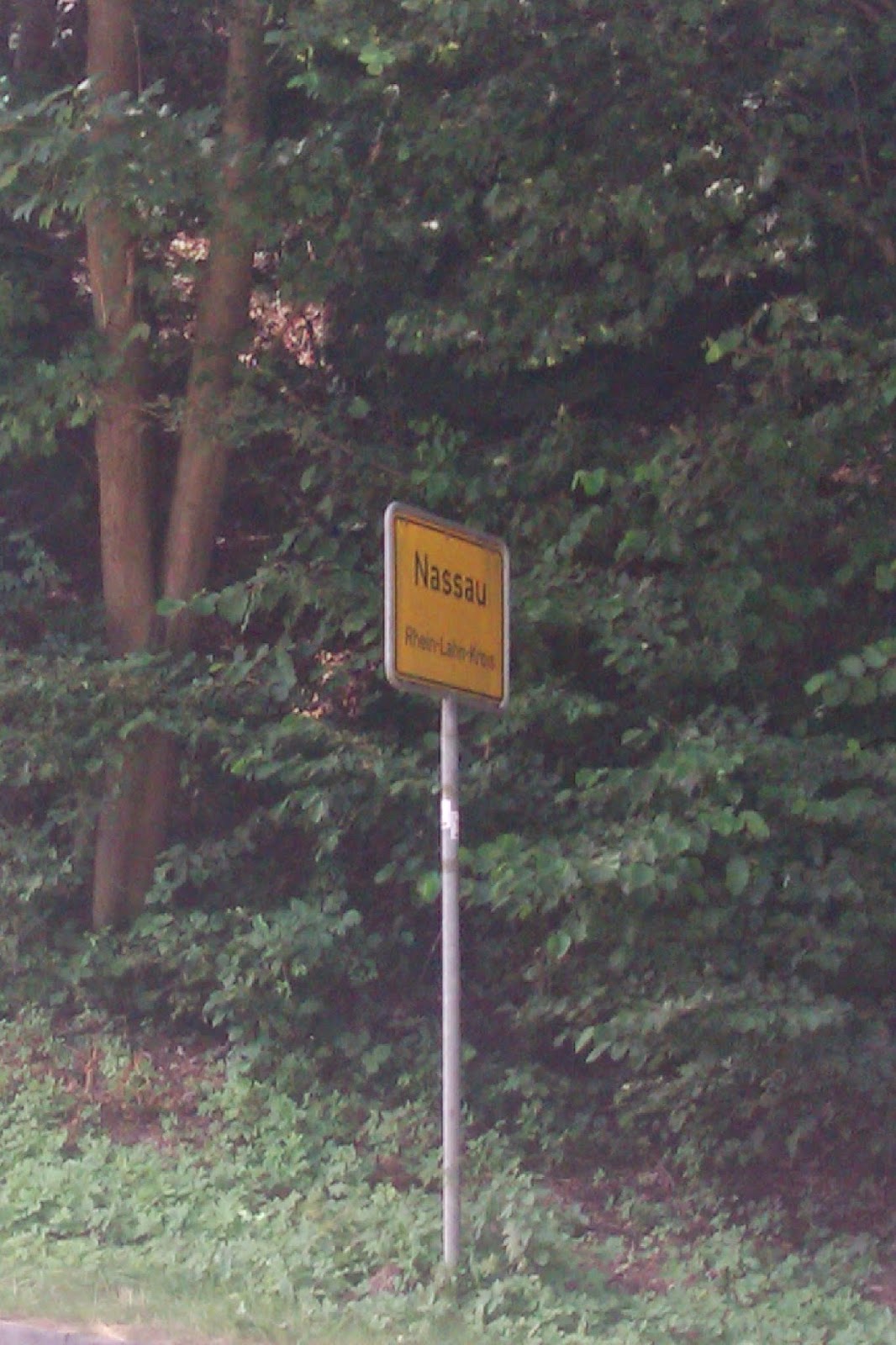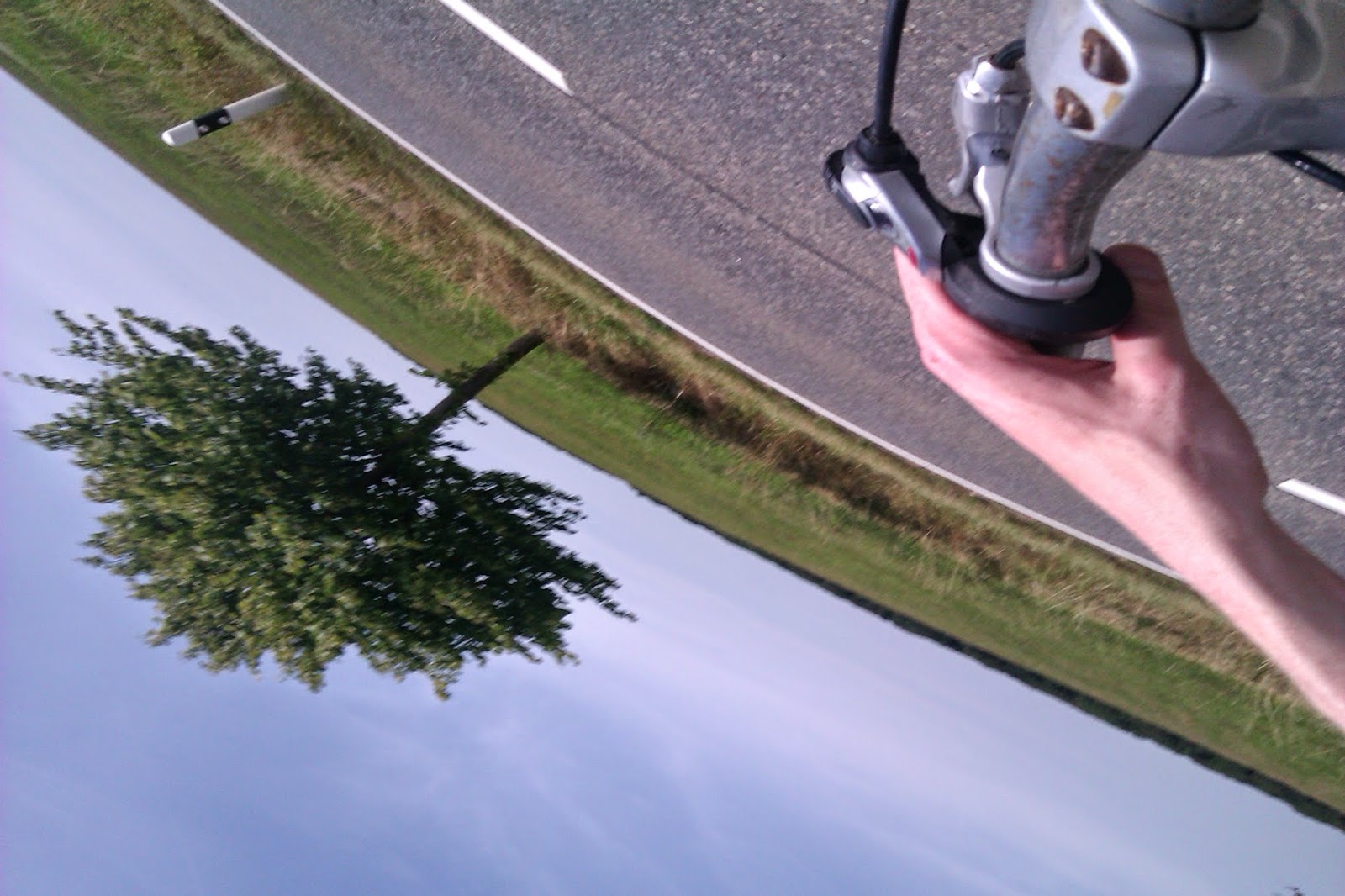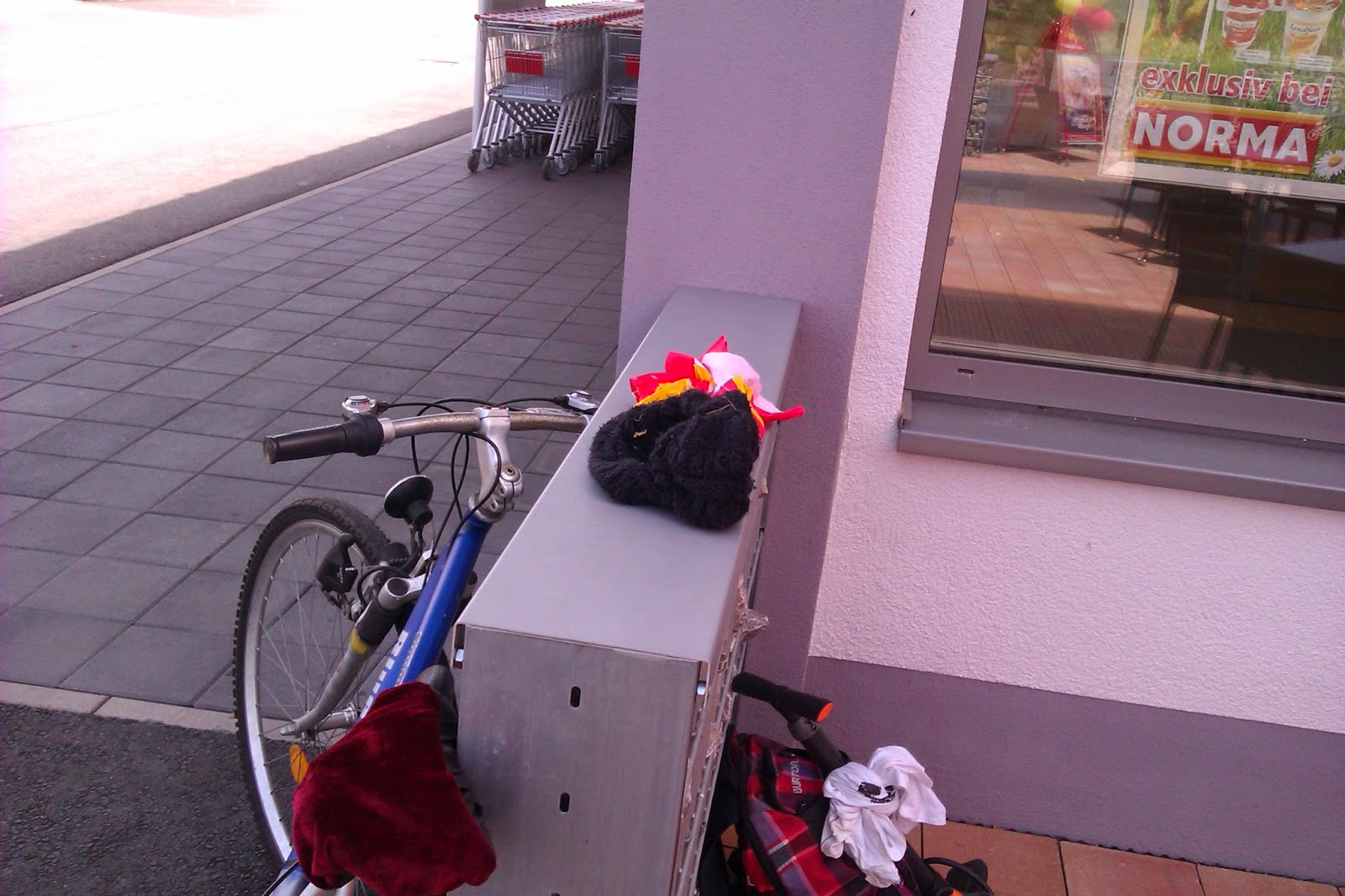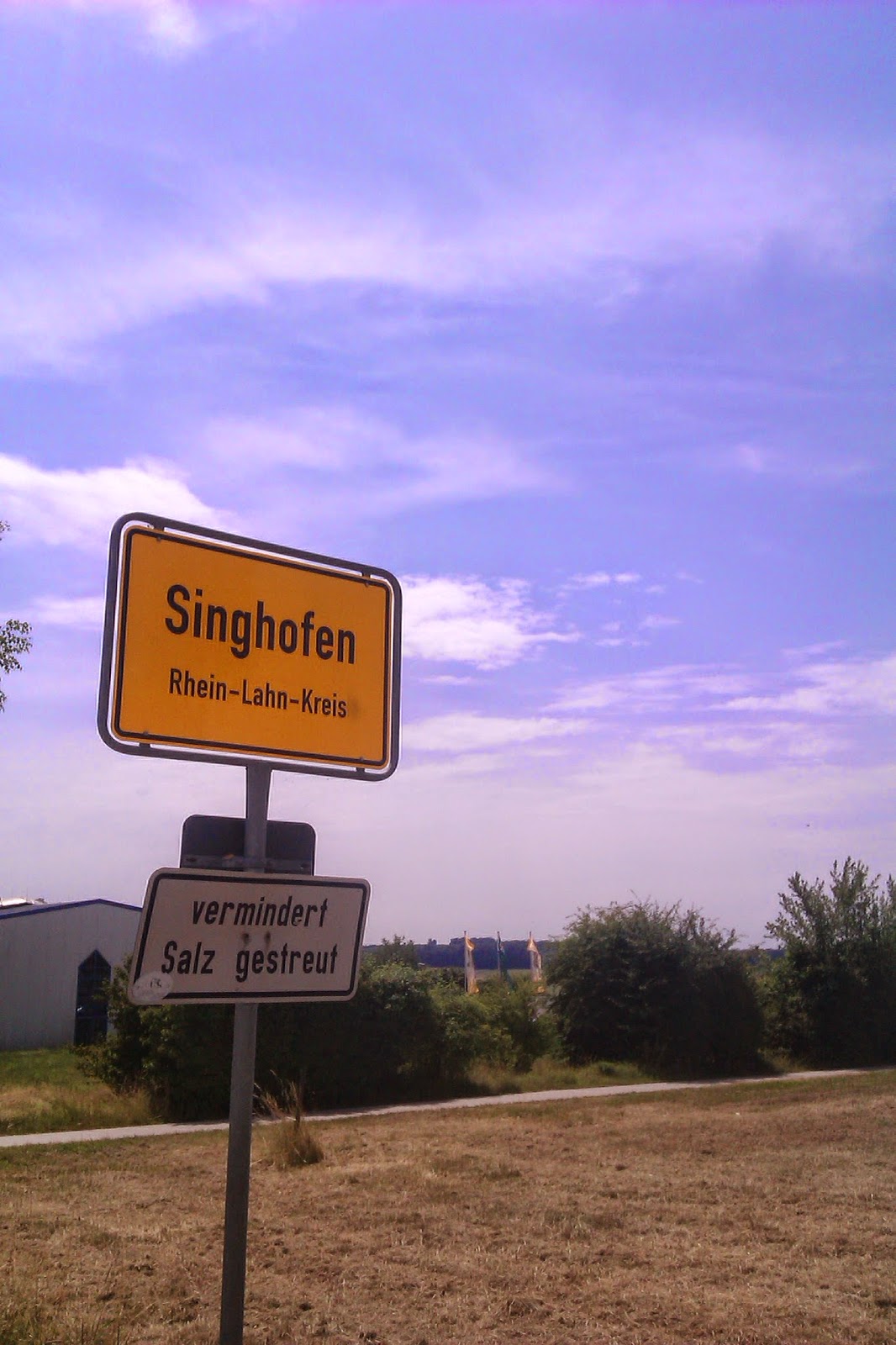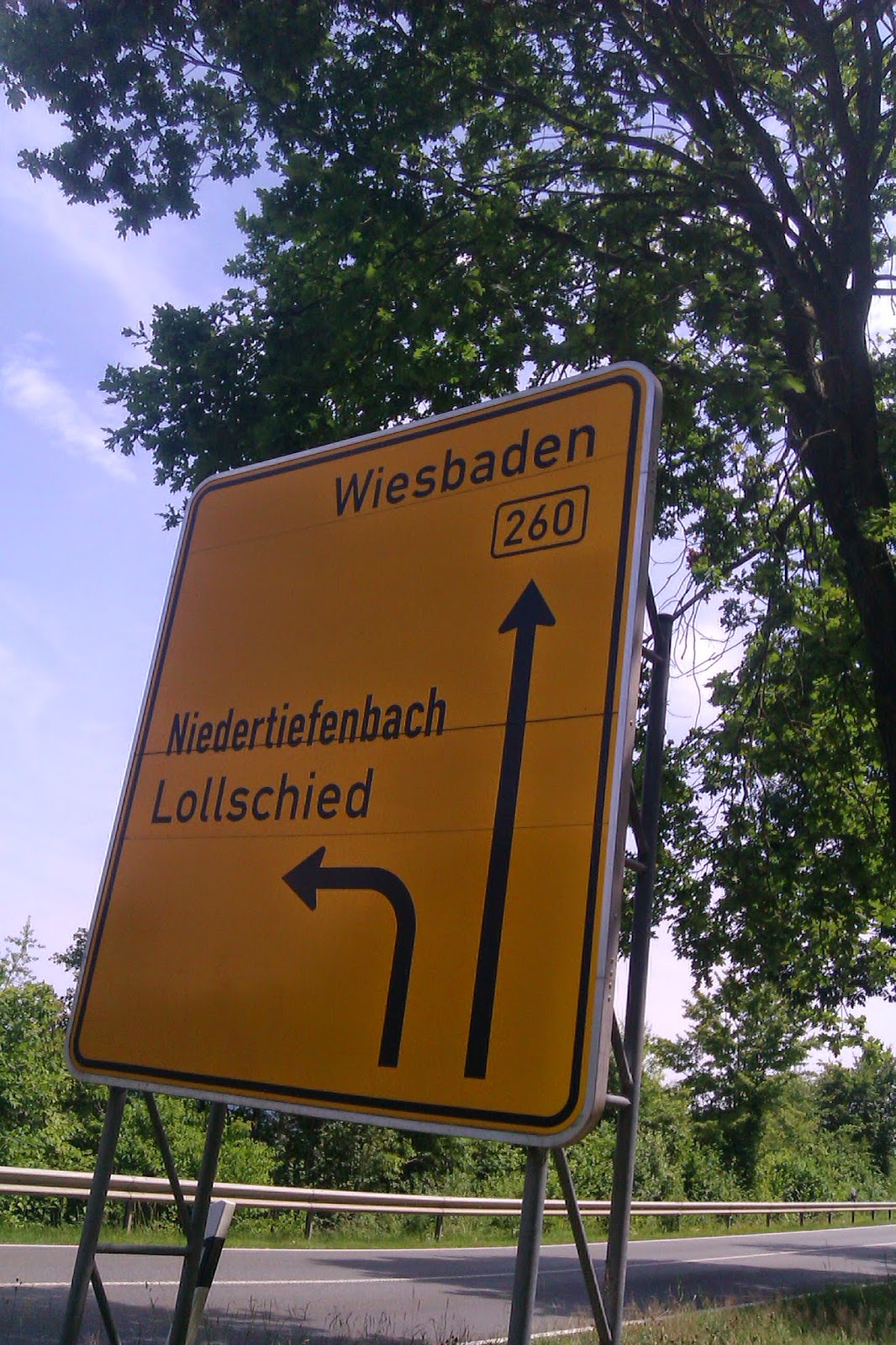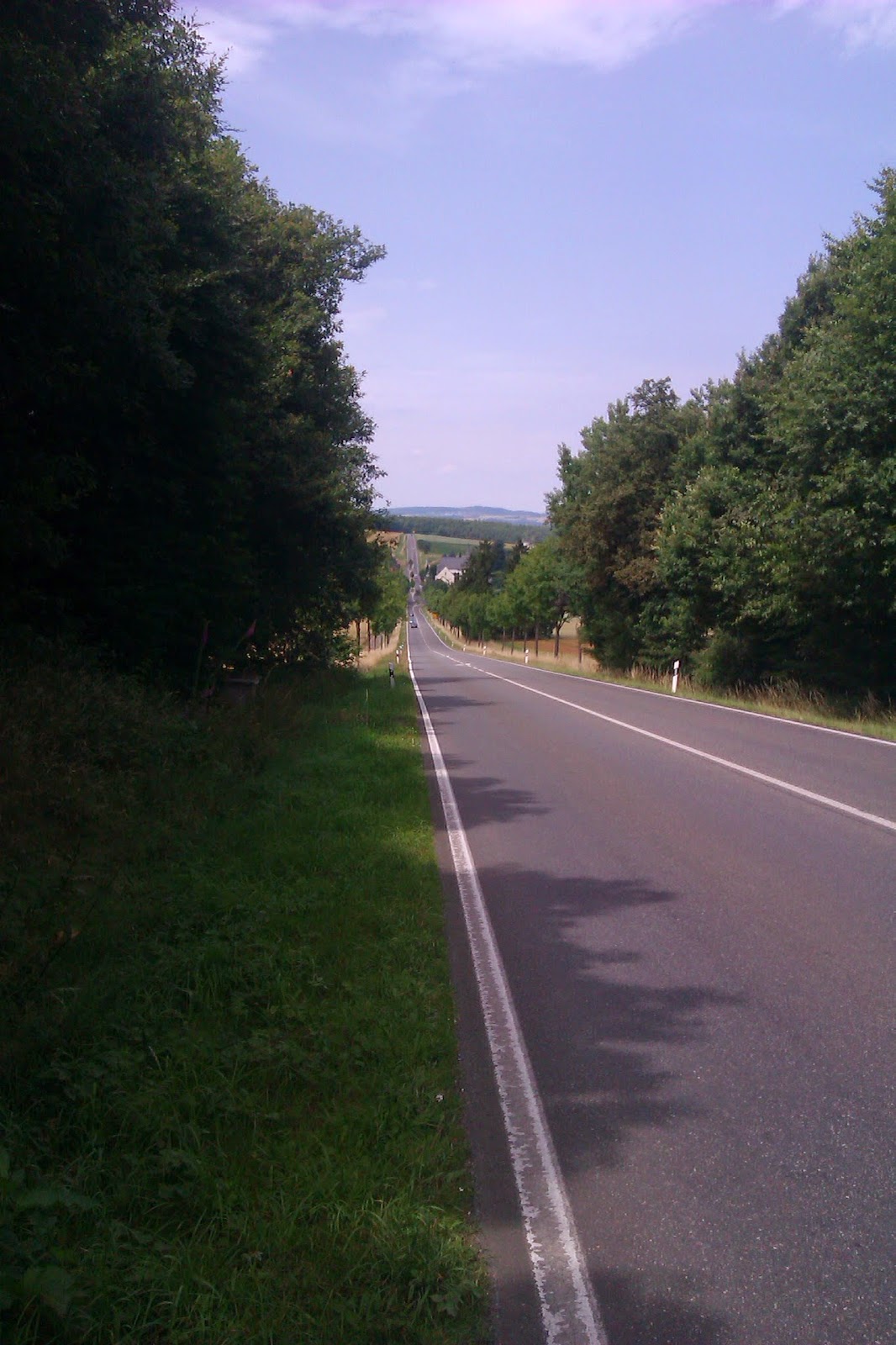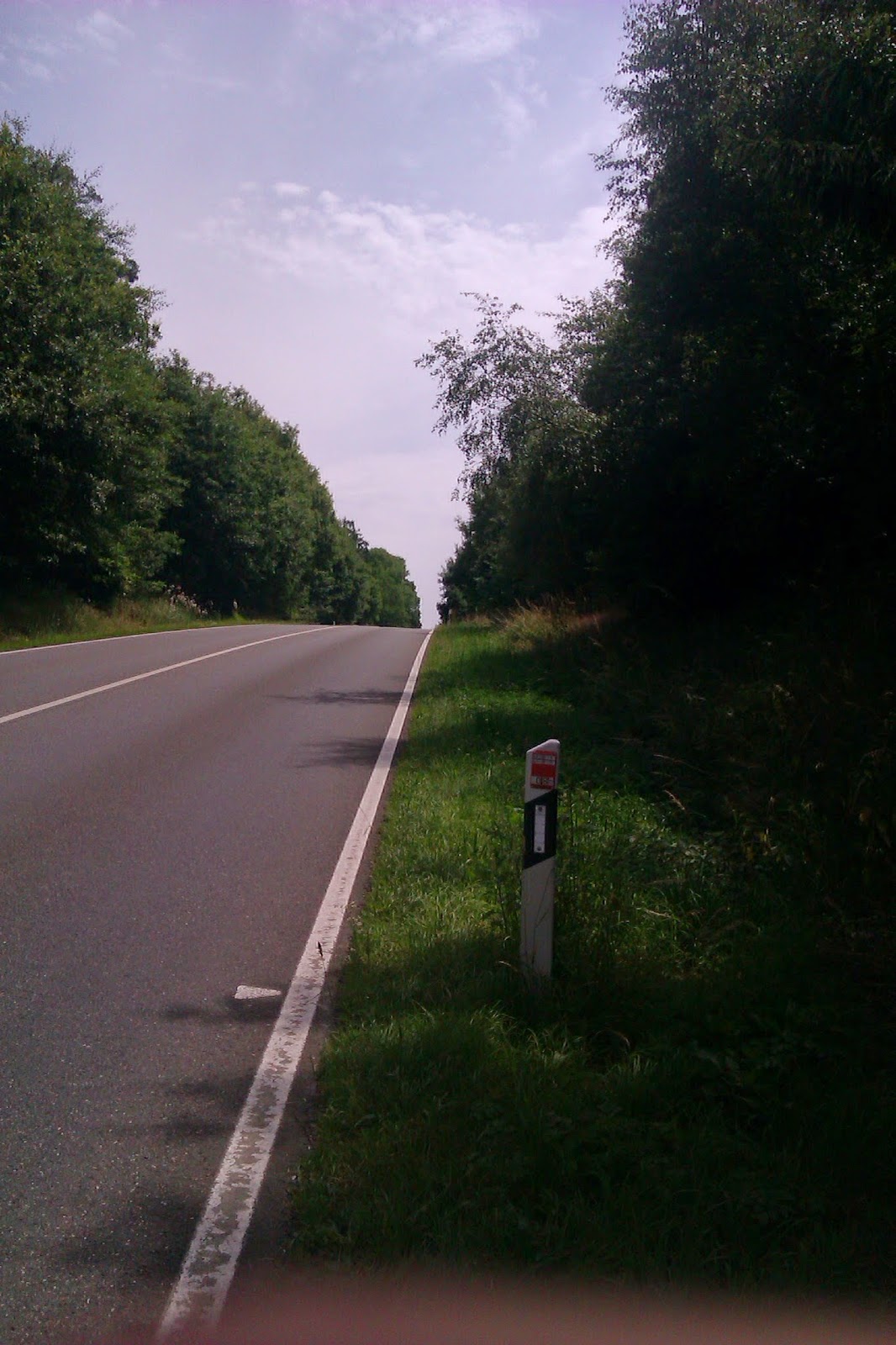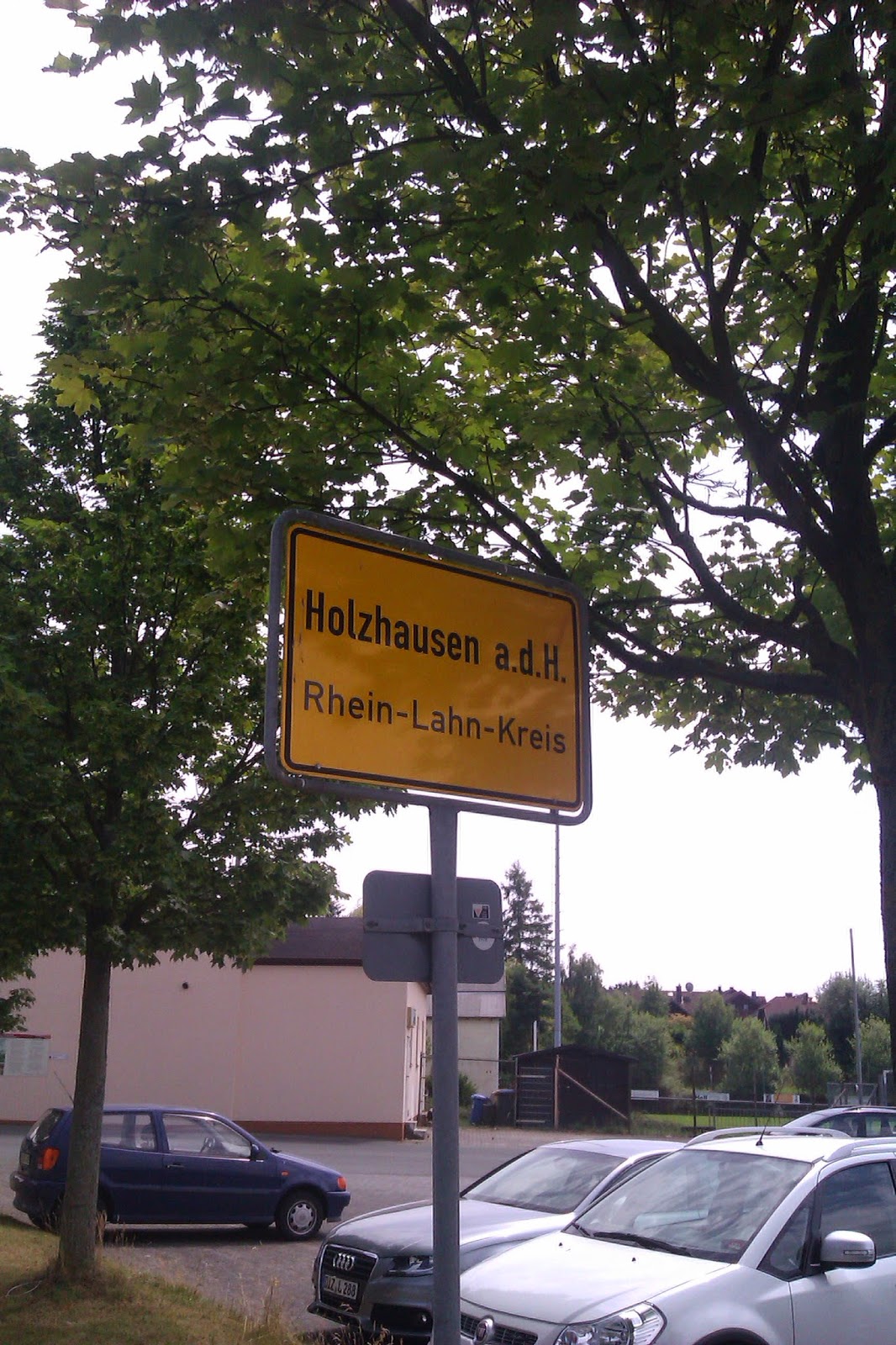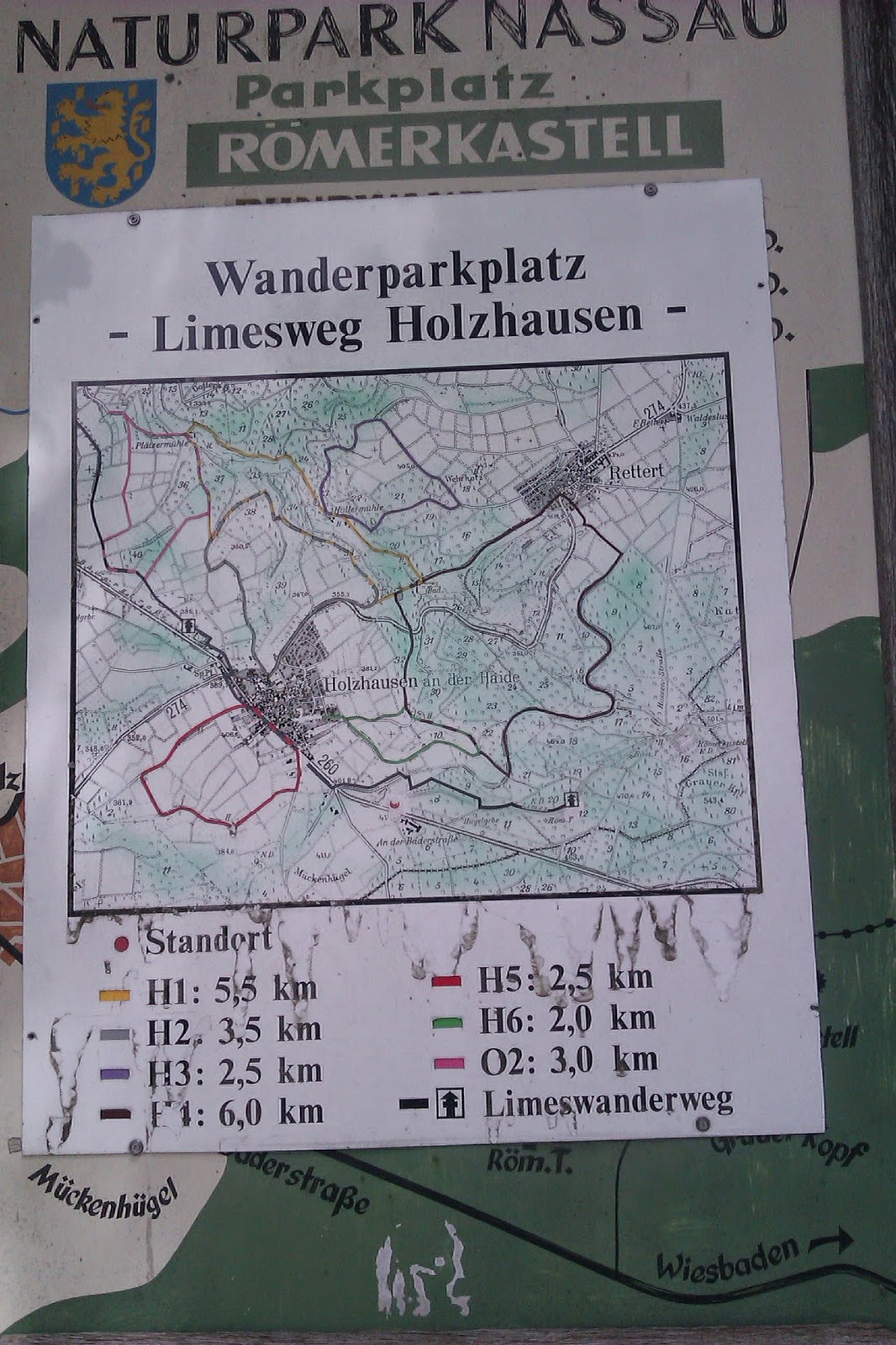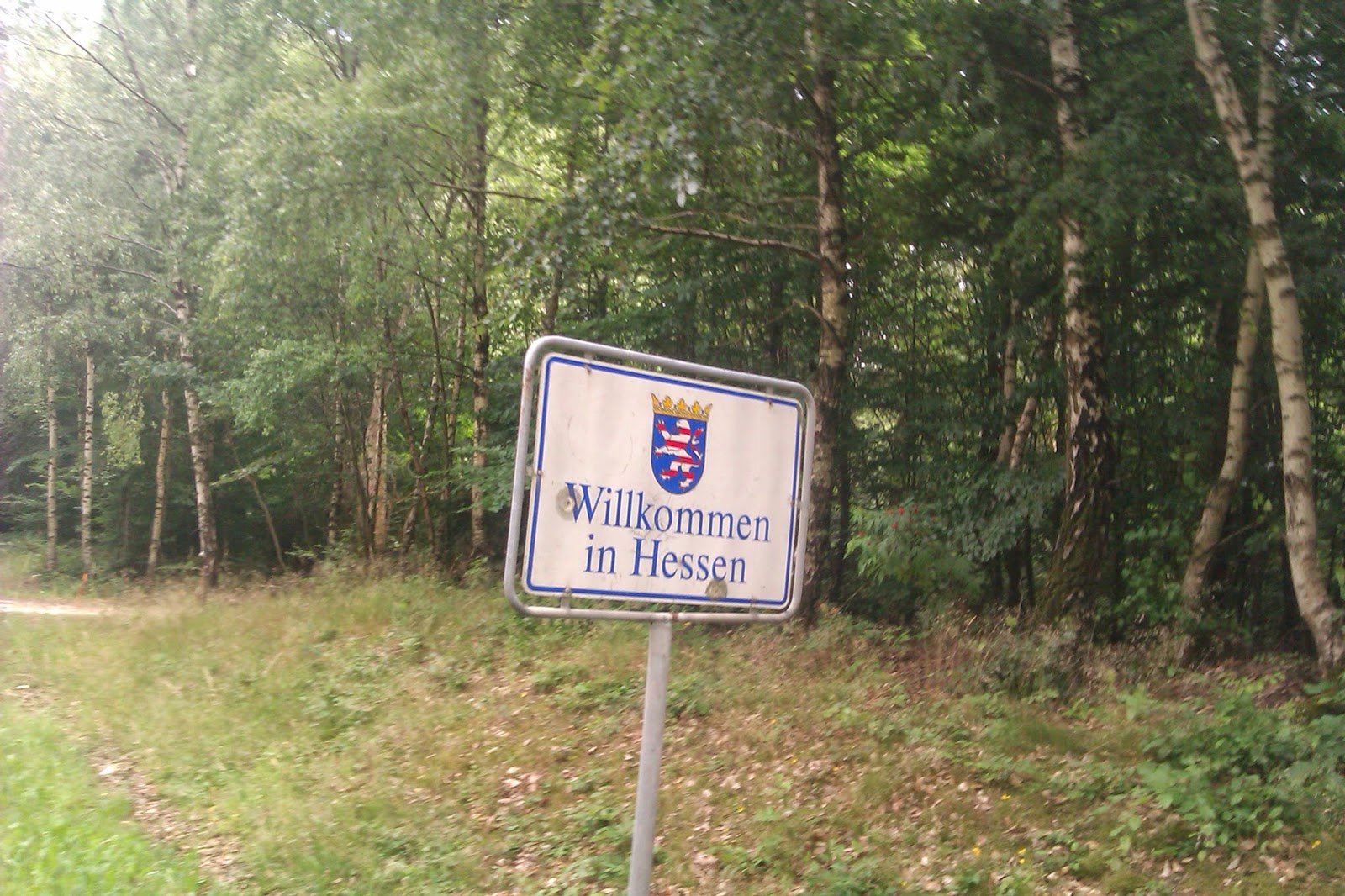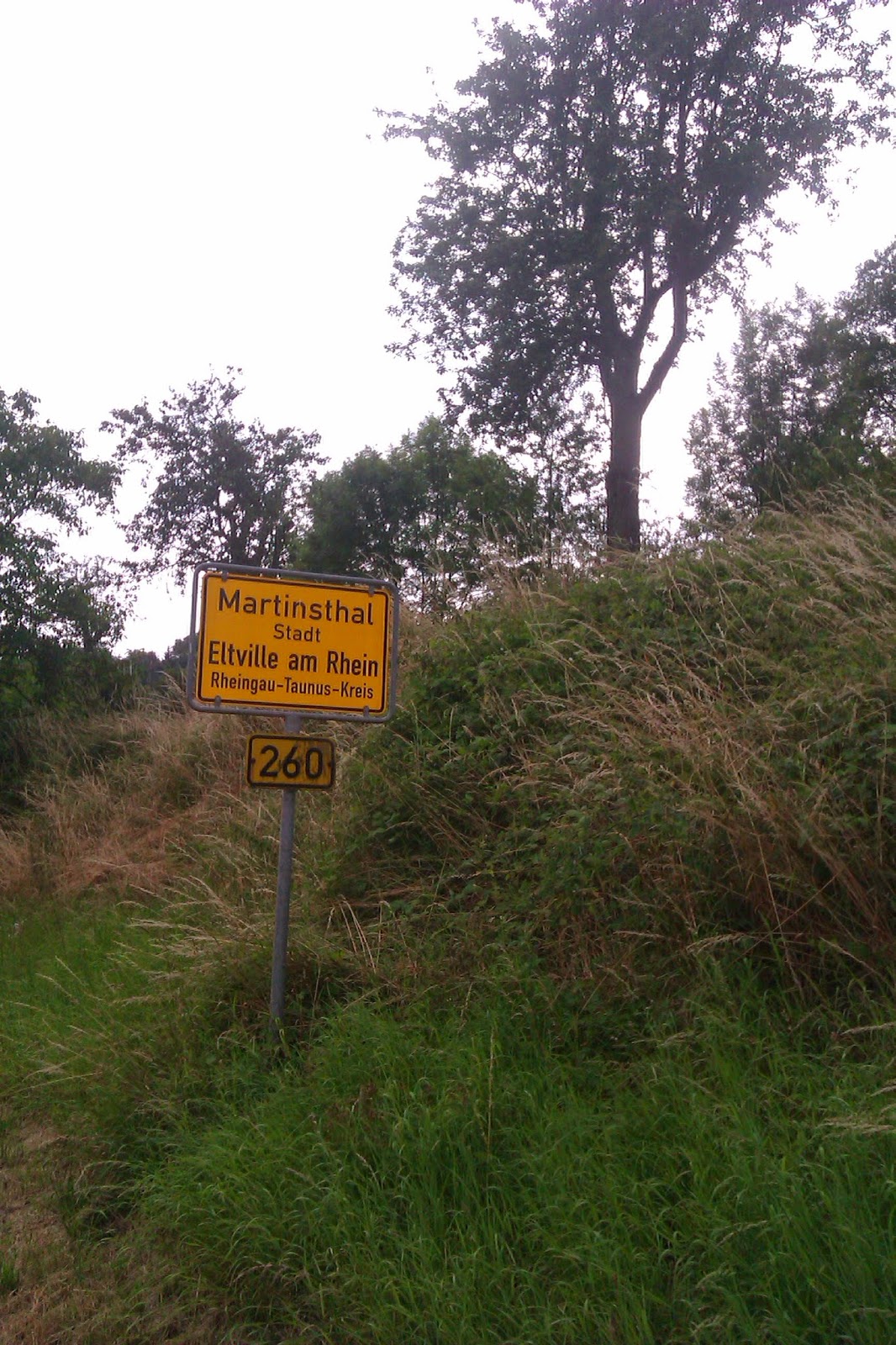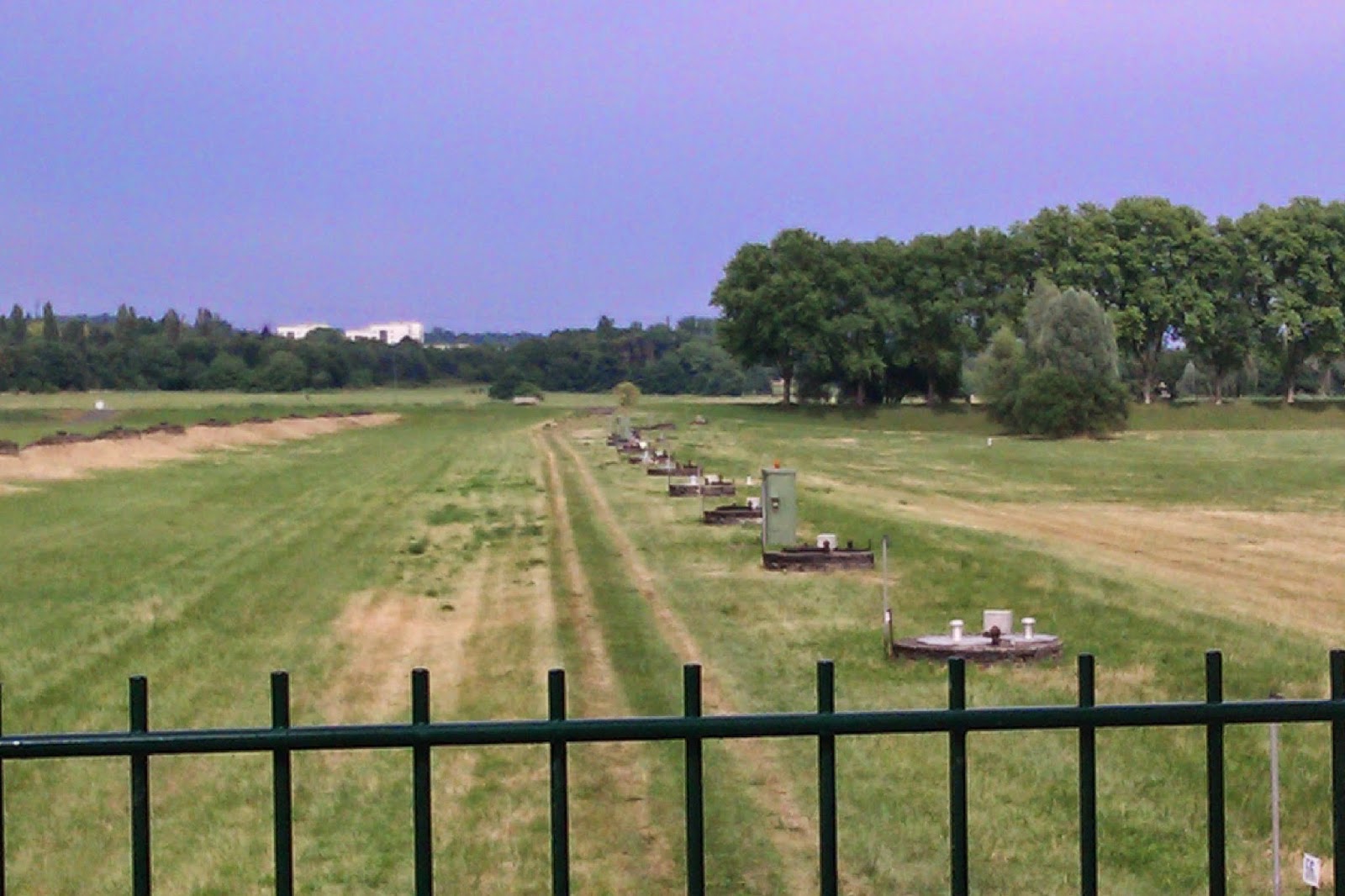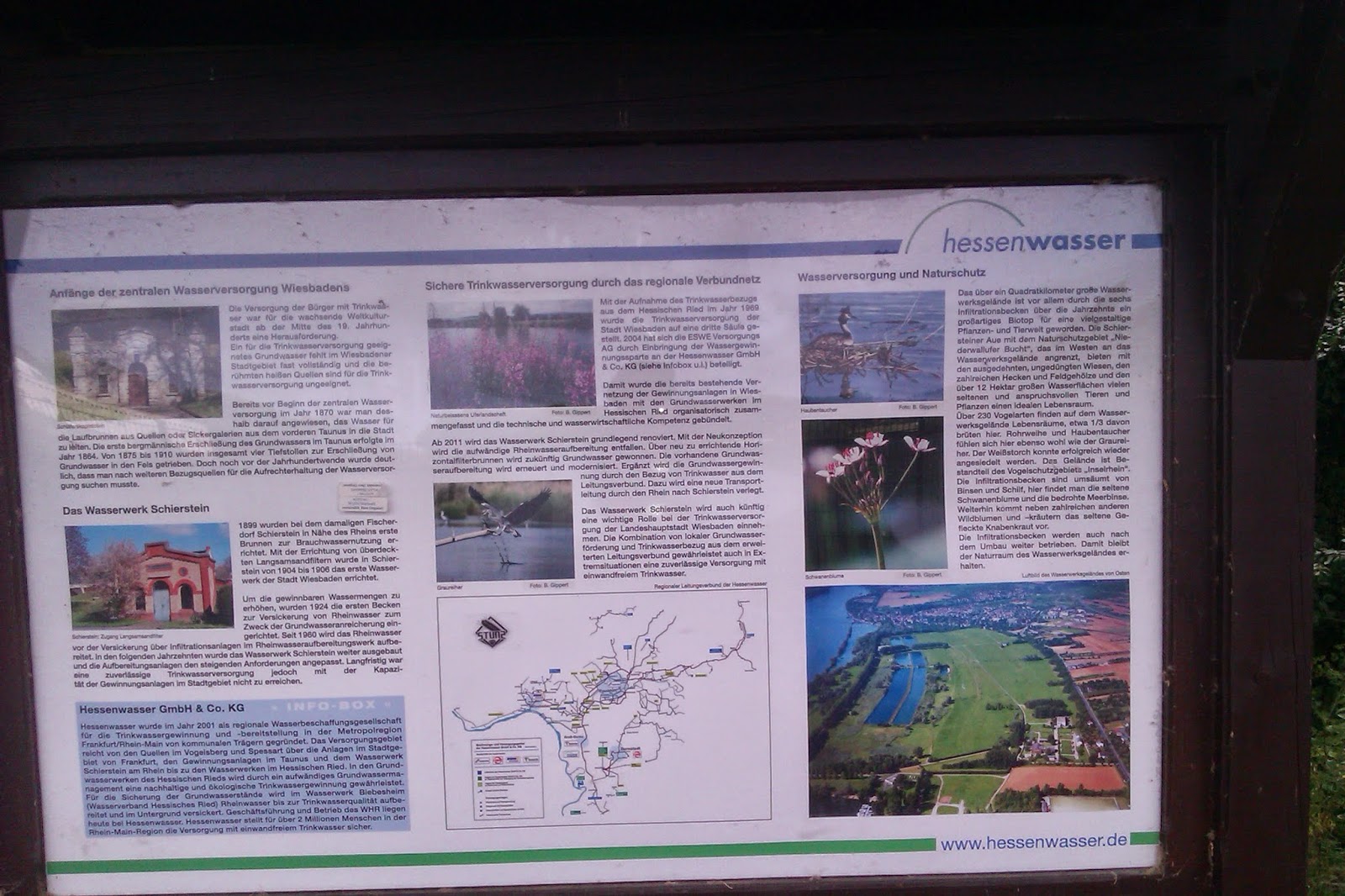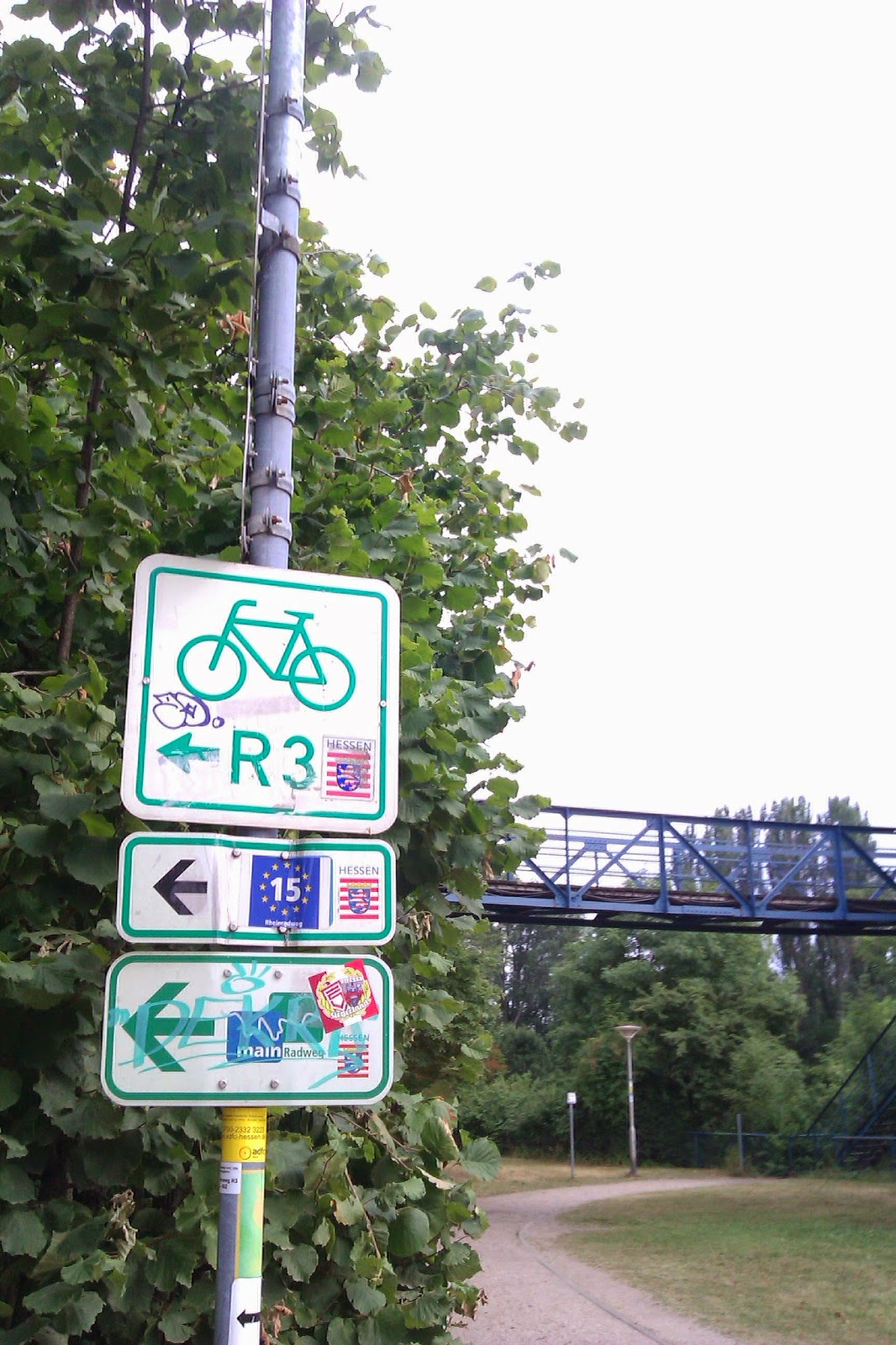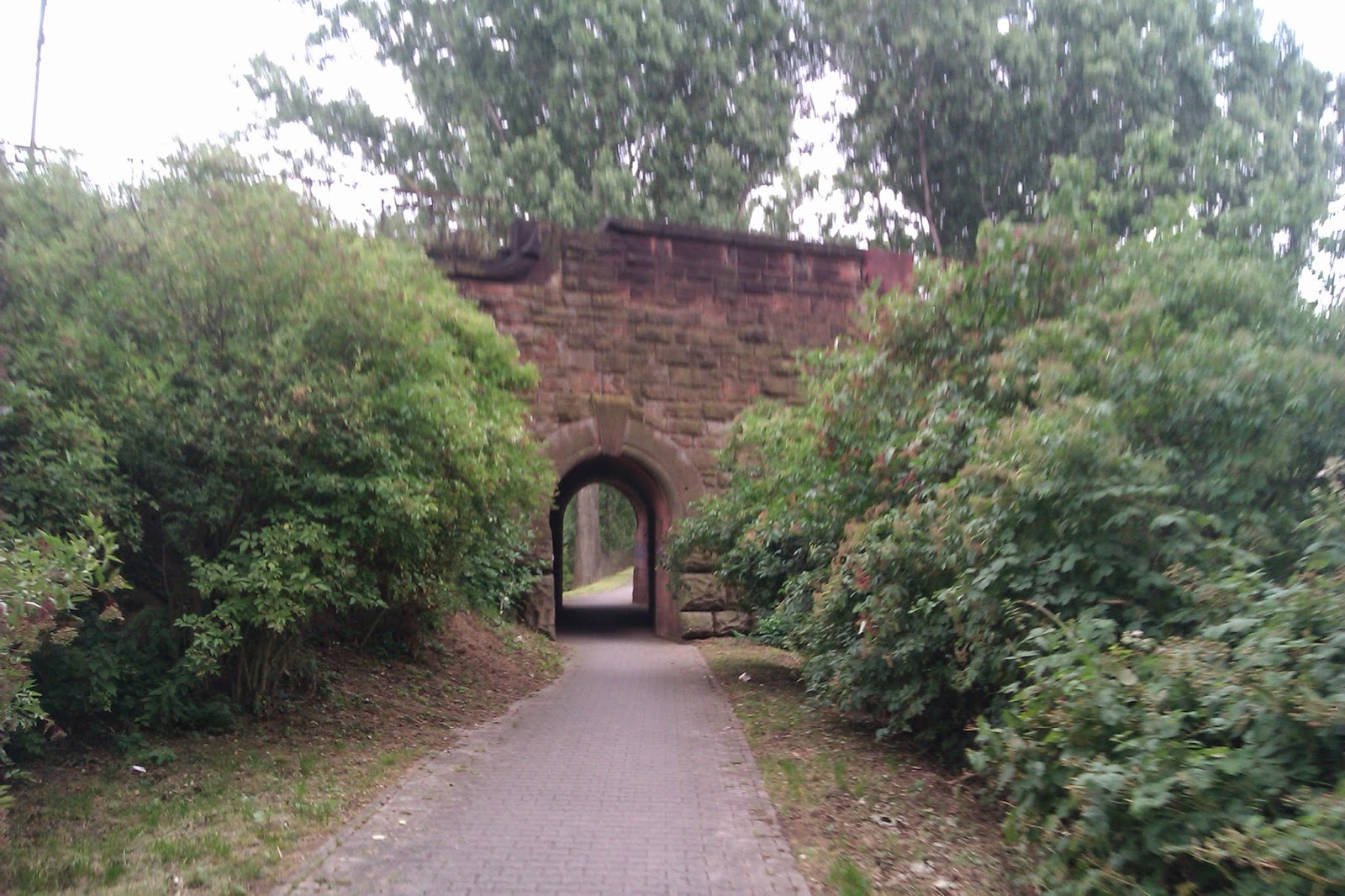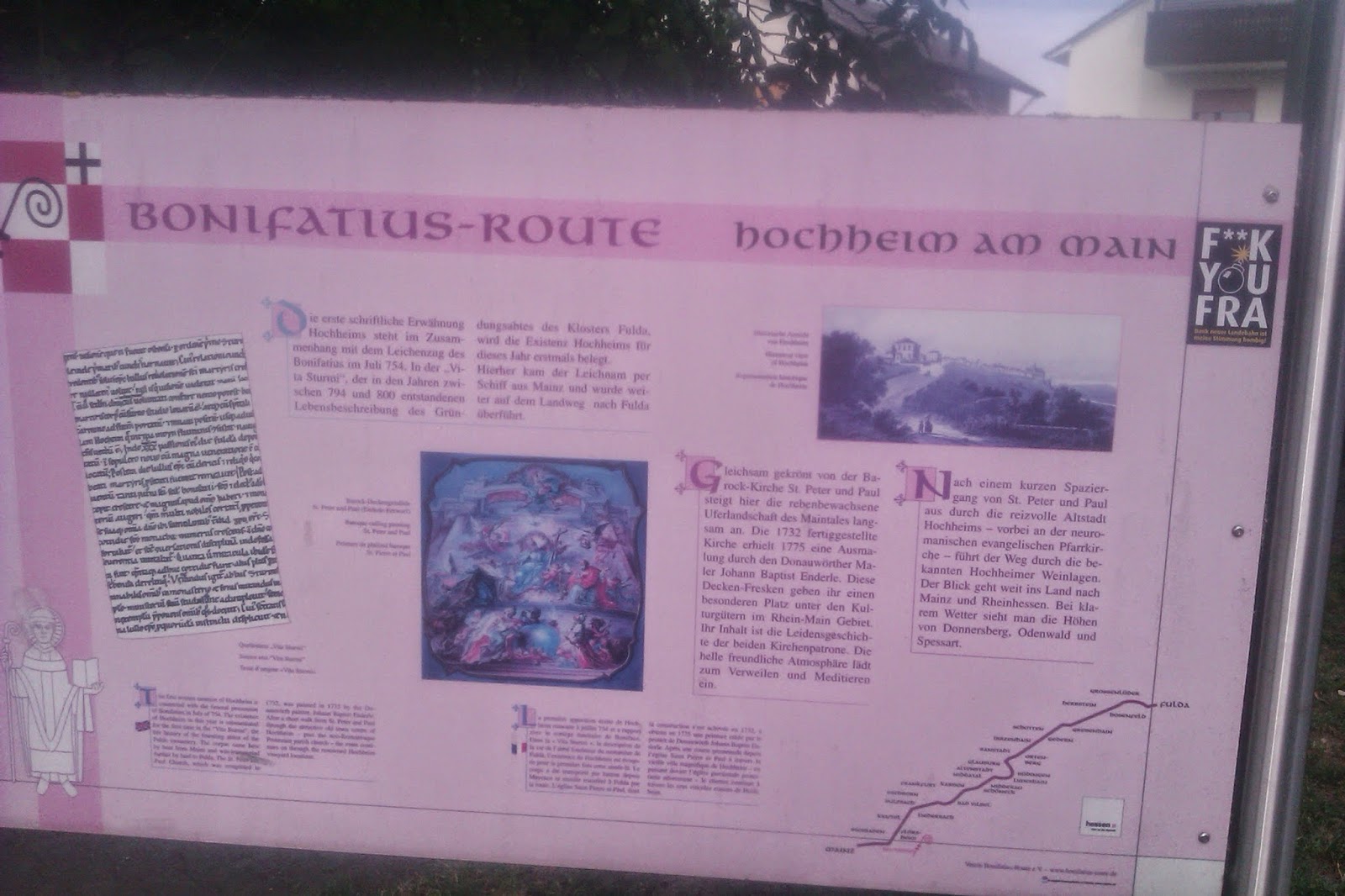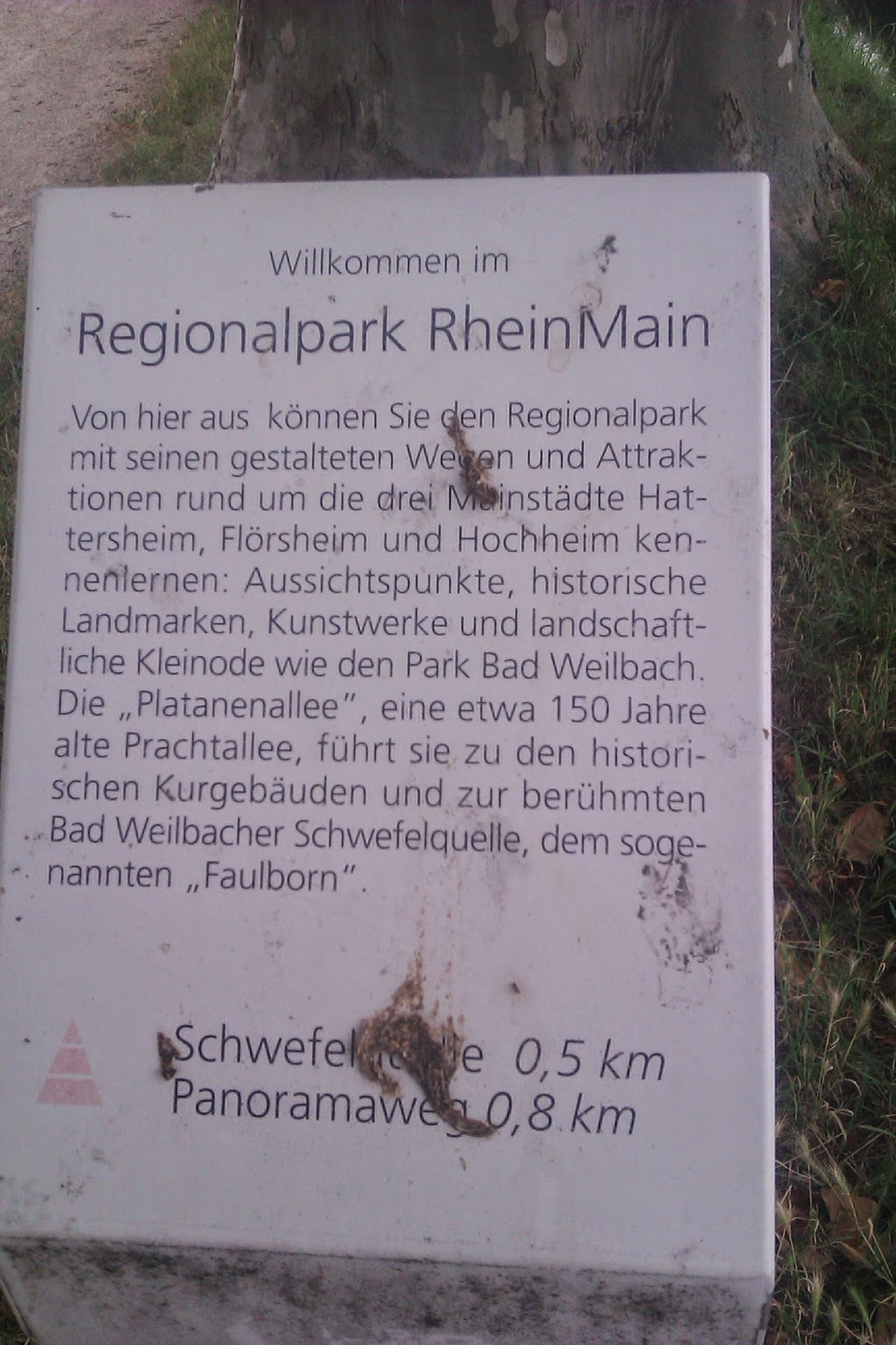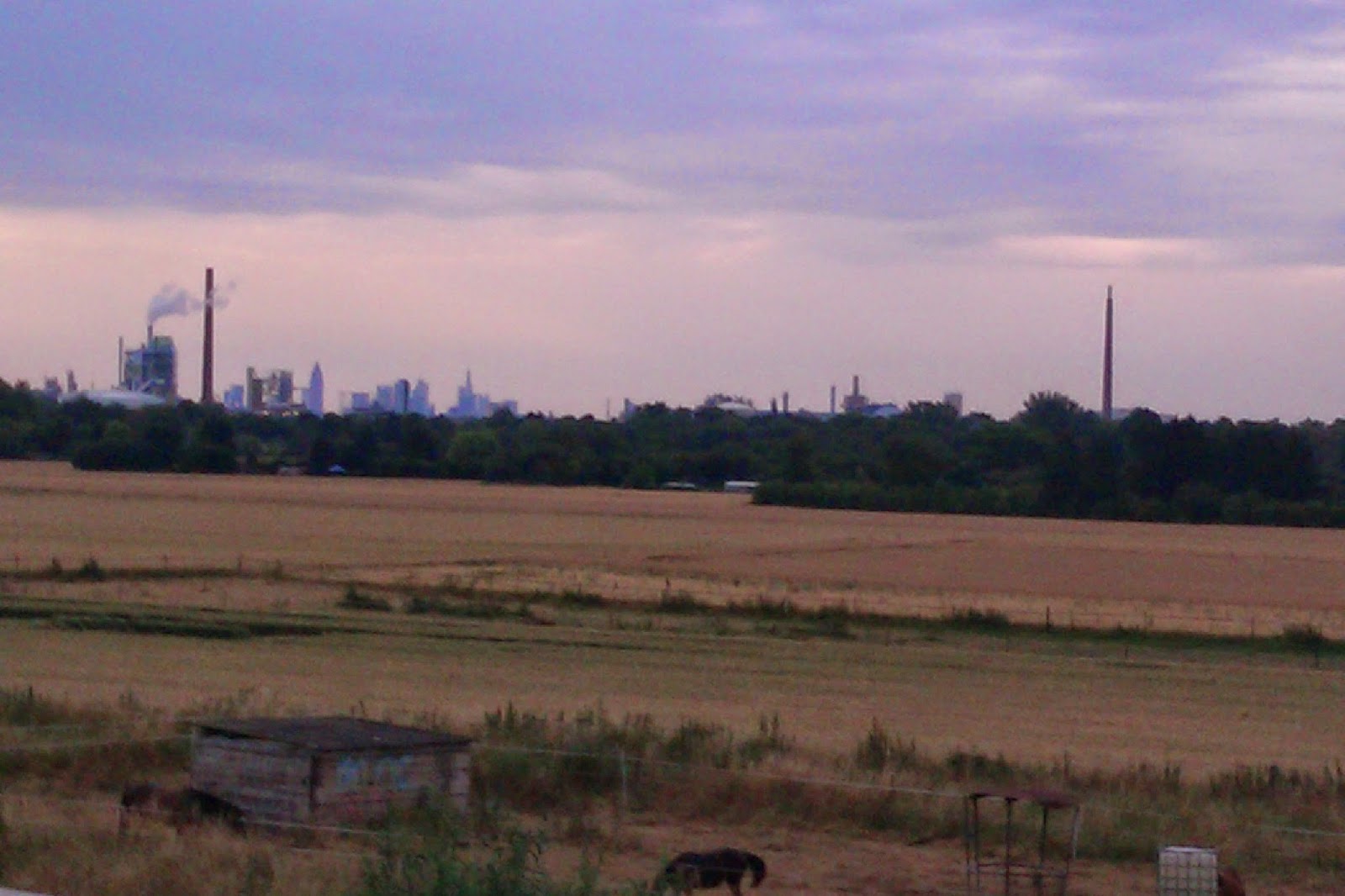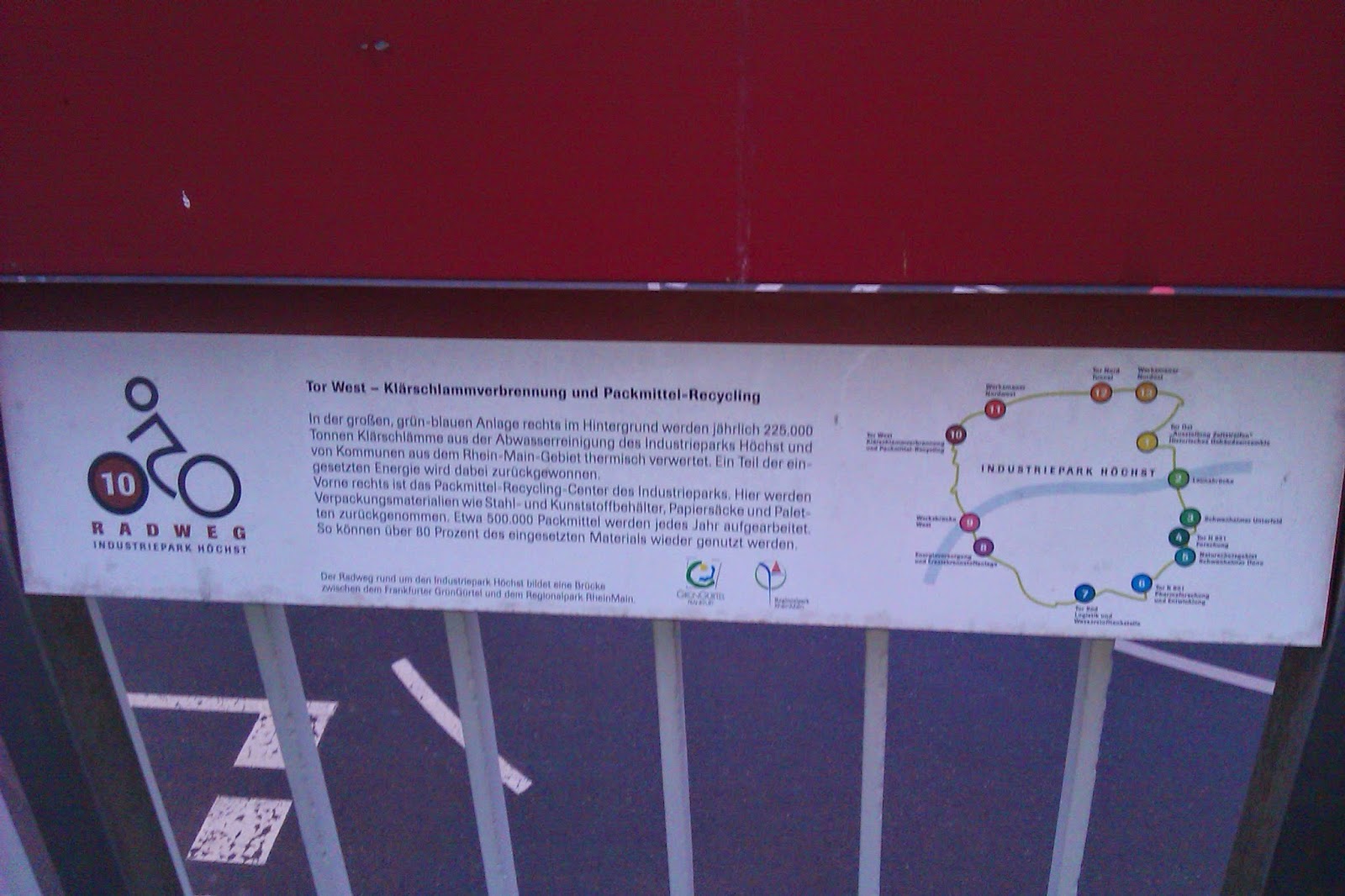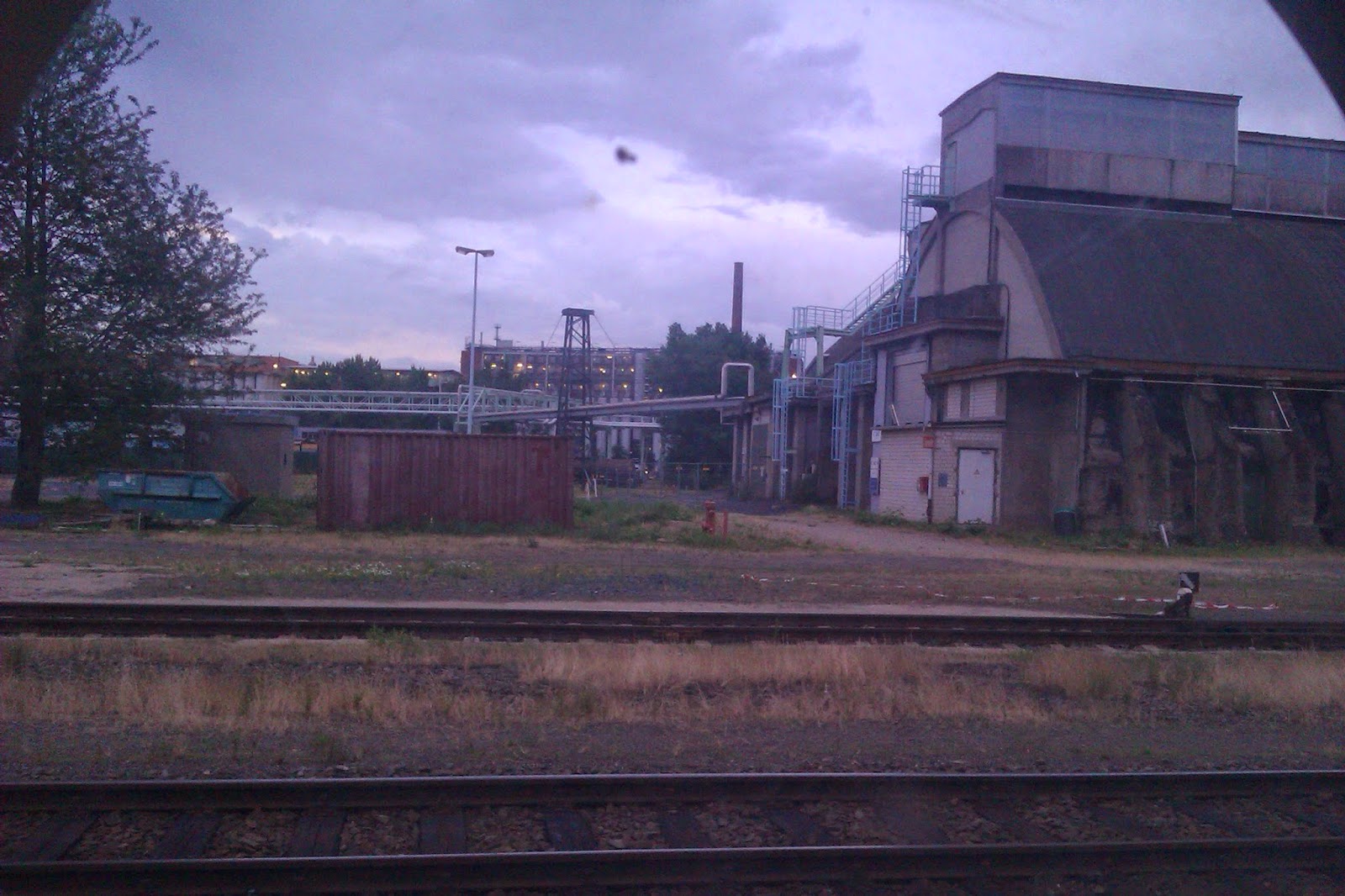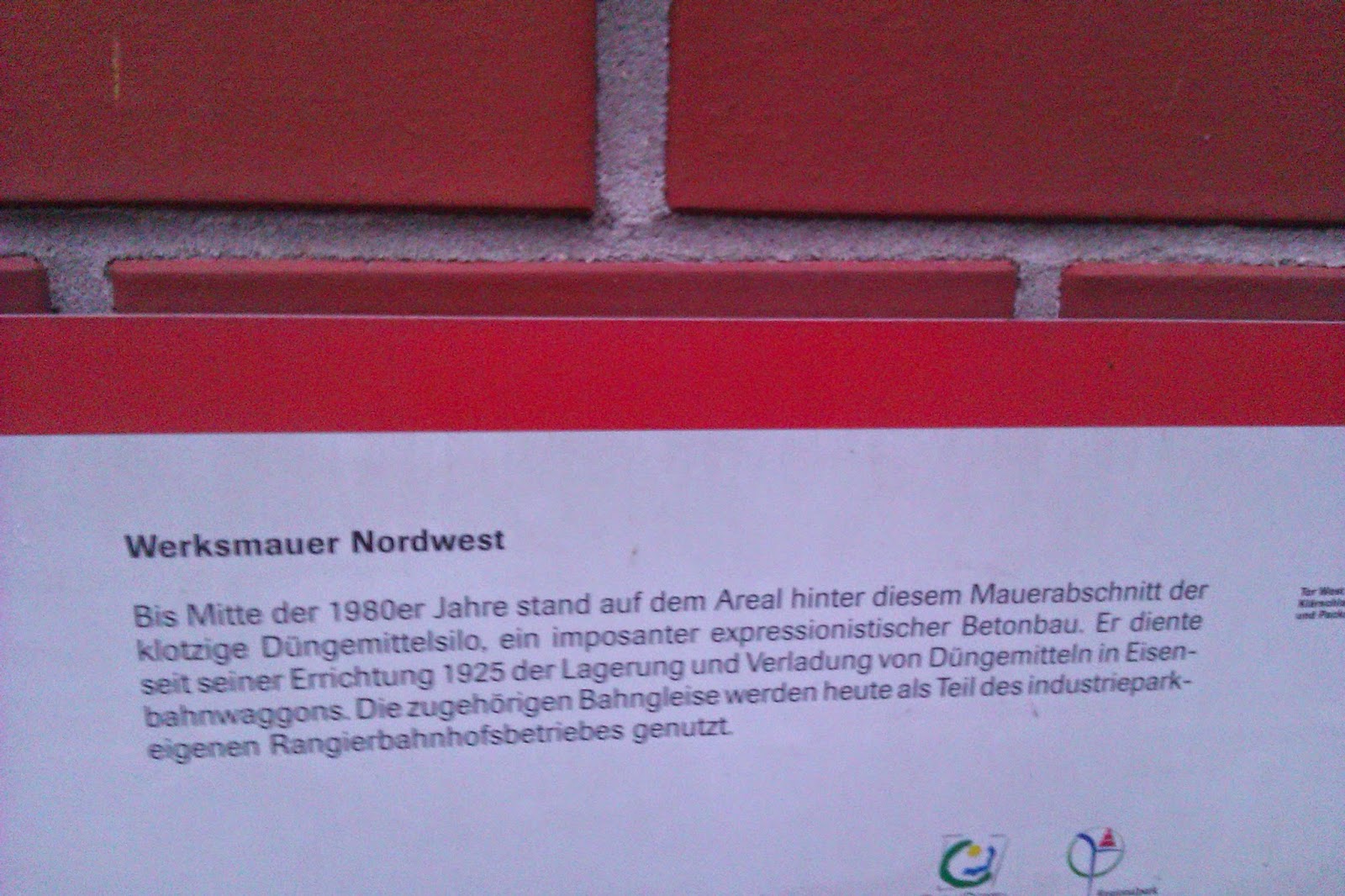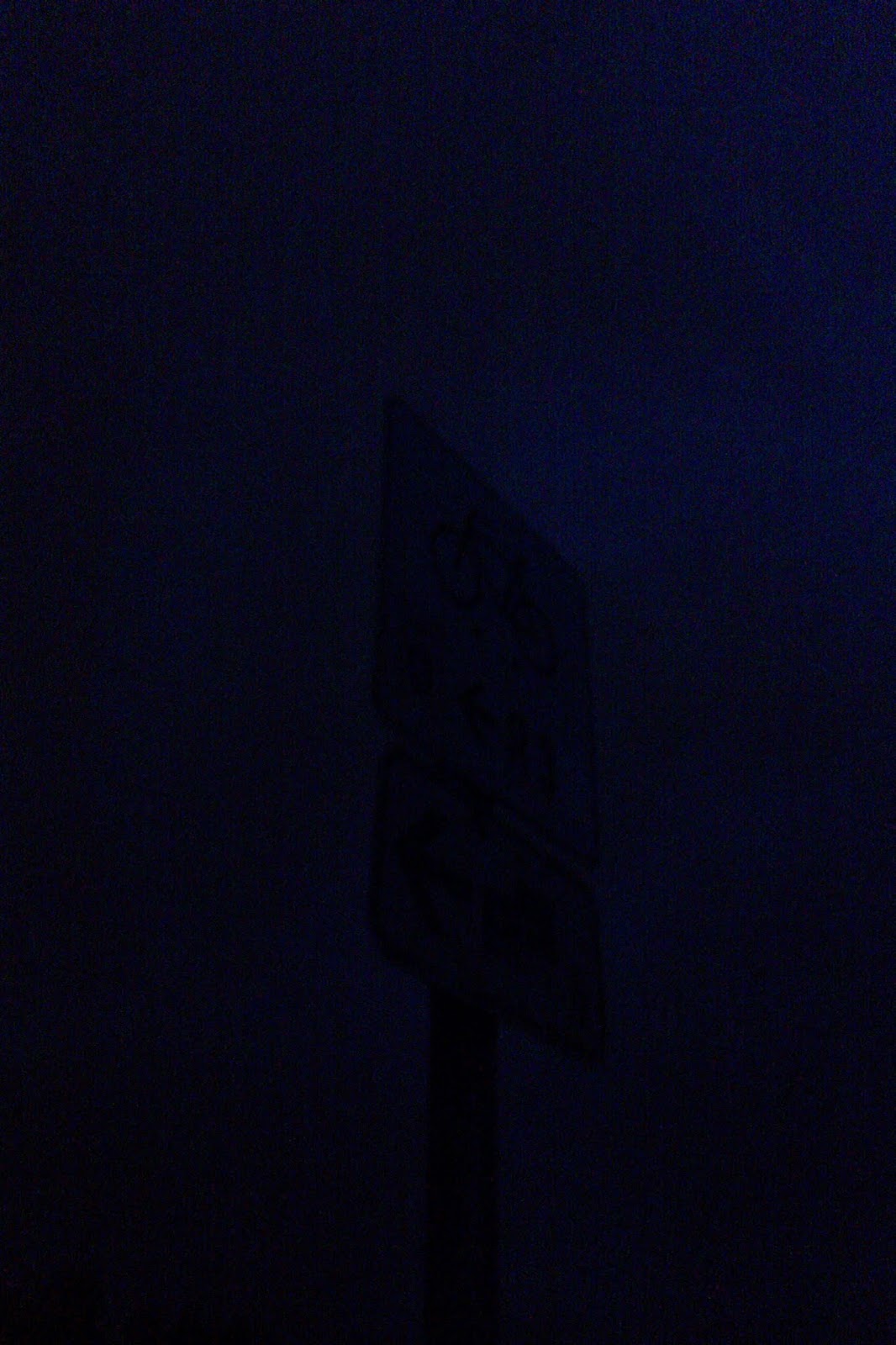Planning a bicycle trip through Europe (Deutschland und Österreich)
Problems that will arise when planning your long distance tour through Europe lie within the fact that you are travelling through different countries, where different policies/resources with regards to biking paths are available. I will try to show you various ways of planning a trip through the many different countries Europe has to offer.
Let's start with Germany! I'm going through this process step by step, so you can replicate the process for other destinations using the data and resources provided.
Step 1: Get a crude estimation of your bicycle trip through the European continent
A crude estimation starts with a city/area to start and finish. Where to start and finish is ofcourse depending on various factors (time, location, difficulty, etc.). Throughout this tutorial on how to plan a bicycle trip through Europe, I will use a fictitious couple as an example. They don't have children and live in Regenstauf, Bavaria. Let's call the man Fritz and the woman Claudia.
Fritz and Claudia both have 3 weeks vacation and are planning to make a bicycle trip. The trip should be low-budget, sportive (enduring) and without much steep hills. They wish to see big, historic cities and want to enjoy the countryside as well.
Step 1.1: Time
An important factor that plays a role in deciding where to go is time. Plan carefully how long and when you are going on a bicycle trip.
Step 1.2: Location
The location is related to time. If you do not have lots of time, you cannot waste it on getting somewhere far away. That's why you can look for a nice destination closer at home. If our couple, Fritz and Claudia, would be short on time, they'd look for the closest city (Regensburg) nearby and cycle from there on out.
Step 1.3: Bike route
Knowing the starting location, you can try to make a carefull estimation. I will show you how to estimate correctly using examples of our fictional couple from Regenstauf.
 |
| As you can see from the map, there are lots of possible destinations from Regensburg. |
 |
| I've picked Vienna, Austria and entered it on Google maps. If you look at the map, I've written DONAU. The Danube flows through Regensburg and I know that there are always cycle paths nearby a river. |
If you know anything about Regensburg, you know that a big river, namely the Donau, flows through it. This is a big advantage when it comes to cycling, as the changes in altitude are smaller alongside a river. There are also bicycle lanes next to most of them, which means that you will not be confronted all too often with car traffic.
That being said, you will notice that the suggested road is not alongside the Danube. By clicking on the road, you'll see a dot appear, which you can hover over the desired stretch of road.
 |
| As you can see, I corrected the road a bit and it shows 20 km more. |
Step 1.4: Accommodation
Look at the altitude of your ride, estimate the amount of km you will reach in a particular day based on the altitude, and try to find hotels/hostels around the maximum amount of km you'll manage to cover. Example: Fritz and Claudia think they can reach 80 km on their first day to Vienna.
 |
| Fritz and Claudia estimate that they will reach Deggendorf in one day. |
Now zoom in on the destination (not too close!). Make sure you still see some surrounding villages. Follow the instructions on the second picture.
 |
| Here you see Deggendorf. Press X and enter 'hotel' in the Google Maps search field. |
 |
| Voila! Lots of hotels nearby Deggendorf. You can make a list of hotels with the best prices and call them the day itself. Maybe call 2 hotels beforehand and ask if there are still rooms vacant for the day you will be arriving. Just to be sure. |
Now that Fritz and Claudia have estimated their first day and the route itself, they can really start to plan the trip itself.
Step 2: Planning the route (more accurately)
Seeing that I've taken a German pair taking a route through Germany and Austria, I'll have to use the resources from these countries. Good thing that I speak German, as that means that I can provide you with the information needed to look for biking routes.
Needed websites:
German:
Allgemeiner Deutscher Fahrrad-Club ADFC (German Cyclist’s Association)
Austrian:
http://www.fahr-radwege.com/Donauradweg.htm
Step 2.1: Accurate route through Germany (Regensburg - Passau)
From Regensburg to Passau
Open the website of the ADFC. It is a direct link to a map with all the cycling routes through Germany. If you see the map (see picture below), you can look for cycling routes nearby. Hover over a number to see the road litten up. I've found the "Donauradweg", which goes from 'Schwarzwald' (Donaueschingen) to Passau (Passau is on the Austrian border). To make sure that the path passes a city nearby, I click on the route and press 'Sehenswert' on the next page (see screenshot).
 |
| I think Regensburg is around here. Click it. |
 |
| Then click on Sehenswert and look on the list. If there is a name of a city or town nearby, you can take this 'fahrradweg' (bicycle lane). |
Seeing that our pair will depart from Regensburg, this bike path is ideal, as it goes passed the city.
Step 2.2: Accurate route through Austria (Passau - Vienna)
From Passau to Wien (Vienna)
I've googled a bit and found a website where you can find maps of different stages of the route. If you want to do some research yourself with regards to the resources available, enter the following keywords in the search field: Radwegen Oesterreich .
On www.Fahr-radwege.com you can find the Donauradweg from Passau to Vienna. The good thing about this website is that you can download the route from Passau to Vienna in 5 different stages:
The list above is from
http://www.fahr-radwege.com/Donauradweg.htm .
Step 2.3: Merge both routes and research minor detours
You can merge both routes together and start looking for activities on your way to your destination. For example, Fritz's uncle lives 20 km north from Passau. Maybe he'd like to pay him a visit. If he would like that, he'd have to adjust the route they are willing to take.
Using google maps (bike directions), he can plan his detour like this:
 |
He knows where his path is, as he just has to follow the Donau (blue line on the map). The normal route would go straight through Passau, but Fritz wants to go passed Ruderting. He using a point somewhere next to the danube and looks for directions to Ruderting.
Result from that point, it is 34,8km to Ruderting. |
 |
| From Ruderting back on the road to Wien is another 13,7 km. |
 |
| If you would have gone to Passau in one go, it would be 35,8 km. The detour would only imply an extra 12,7 km. Fritz will do this detour, as it will only cost him a short hour more. |
Step 3: Making choices for your bicycle trip
Give yourself some thought regarding the following questions.
- Should I sleep in a Tent, Hostel, Hotel or Pension?
- When to book, where to book and how to book?
- What are the preferred minimum/maximum prices for rooms?
- Where to eat (restaurant, outside, park, riverside, etc), what to eat (snack, breakfast, dinner, lunch) and when to eat (at what time in which city, town or region)?
- Should we be booking and planning everything beforehand (reserving every hotel at every hop), semi-spontaneous (booking only the first [few] day[s]) or spontaneous (only pre-gathering information regarding hotels in a certain vicinity)?
I think this question is extra important, as it might change the whole idea of a trip. I'll give some examples of how the way you book influences your whole trip. If you are staying in a tent, it is very spontaneous where you'll stay. You can plan campings beforehand but that would be taking all of the adventure out of it.
Should you stay in hotels, then I'd recommend booking your rooms semi-sponteously. You can book the first 2 days and can book day 3 on day 1. That way, you have the flexibility to estimate the distance you can cover in 2 days. eg. you are a lot faster than you'd imagined at first. That could mean that you want to book the next hotels a bit further along the road as initially planned. If you haven't planned everything beforehand, you are able to increase or decrease the distance you travel per day. That is a huge advantage over people thoroughly planning everything.
The fully spontaneous type makes lists of hotels in a vicinity or where he might get in one day at every hop. He/she takes note of the names, phone numbers and e-mail addresses. While cycling the tour, this type of person will contact some of the hotels per phone, asking if there is still a vacant room. Ofcourse the hotels/hostels/pensions he/she'll contact will be based on the estimation of the km that will be covered that day. Having access to a German (and Austrian) 3G network is a huge advantage, as it allows you to look up possible hotels in real-time.
- Packing everything you might need (like a stereotypical woman) or just the bare essentials (like a stereotypical male)?
- Bicycle gear; what is needed (only repair kit + pump or also an extra tire/tube?)
